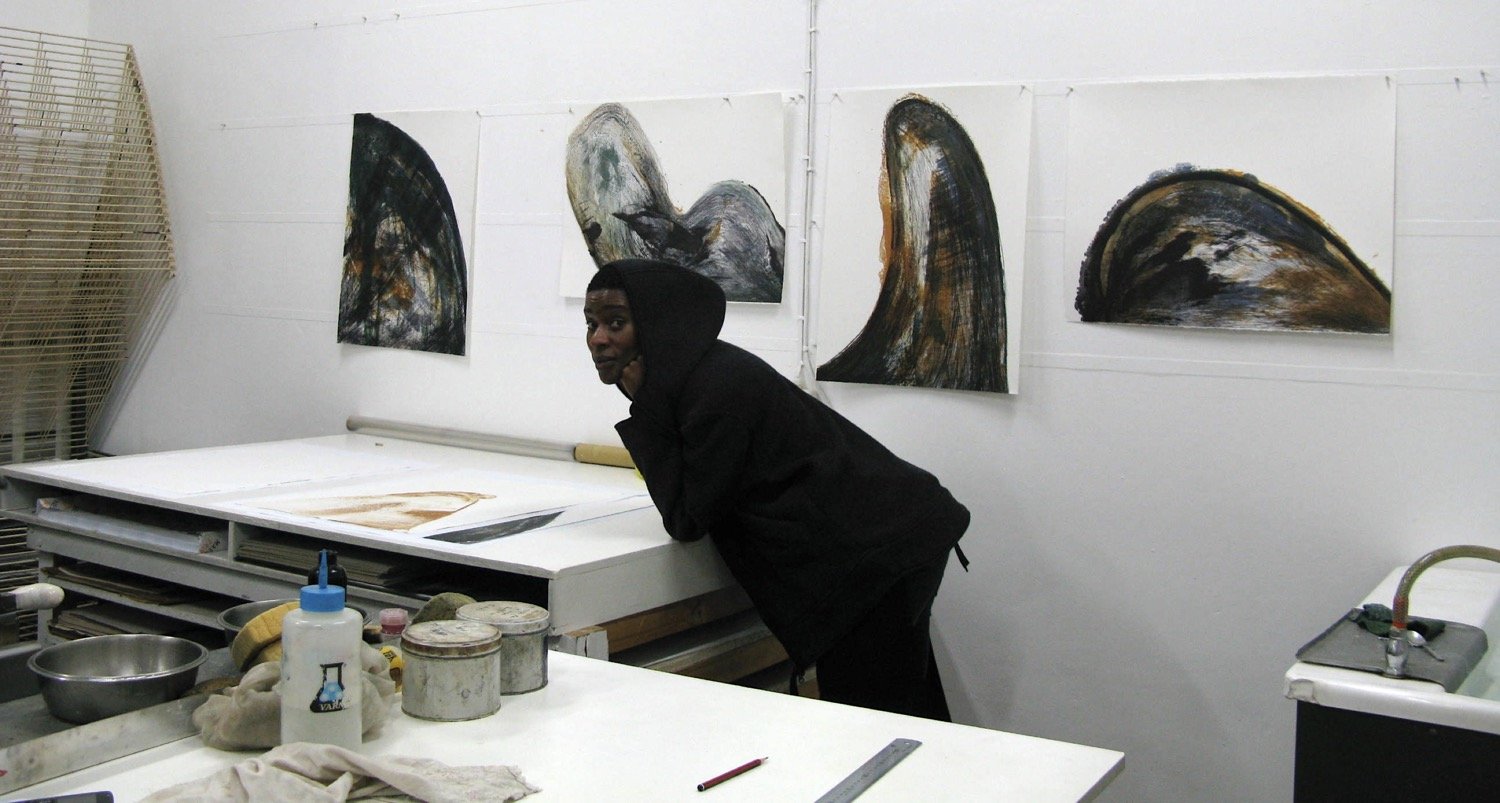Joni Brenner
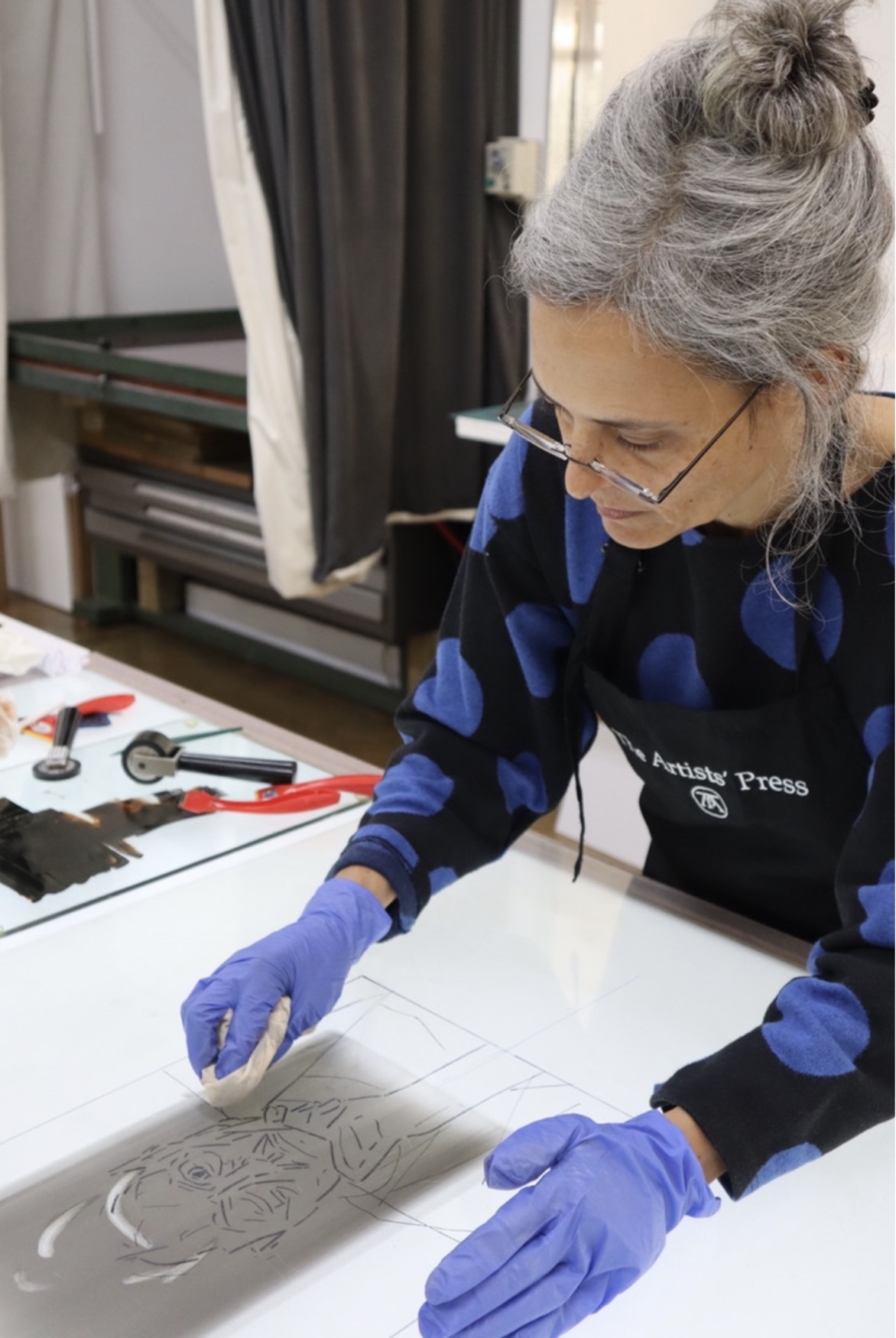
Joni Brenner is the first artist that has brought a human skull into the studio. It graced the working space with its presence and focused our minds on what is important and what is not. The brains in our skulls were set thinking about the skull on the table, this is reminiscent of the message in Masaccio’s great early Renaissance fresco of the Holy Trinity which includes the inscription: "IO FU[I] G[I]A QUEL CHE VOI S[I]ETE E QUEL CH['] I[O] SONO VO[I] A[N]C[OR] SARETE" (I once was what you are and what I am you also will be).
Brenner was born in Zimbabwe. She has an MA(FA) degree from the University of the Witwatersrand where she is also a lecturer in History of Art at the Wits School of Arts.
Brenner has been practicing professionally as an artist since 1996 and has held solo exhibitions in Johannesburg and London. Her work is in several public and private collections. Brenner’s work is primarily concerned with portraiture but not in the traditional rendering of the physical likeness of an individual. Her work investigates commemoration, life and death and her technique bridges abstraction and realism.
“In 2022 I held a solo exhibition at the SMAC Gallery in Johannesburg that I called Between you and me: four models in the studio, which was an acknowledgement of sorts, or a looking back at my long-standing practice of painting portraits of four different models each of whom have shown up over and again for months and years on end. The process creates a deep sense of familiarity and the confidence that comes with knowing a subject well.
When I decided to turn my gaze on myself, making self-portraits – monoprints and lithographs – during ten days at the Artist’s Press, I should have known that an unfamiliar medium and an unfamiliar subject would create some kind of chaos (internal and external).
It’s odd to think of oneself as an unfamiliar subject, but self-portraiture is complex in a specific way. When I looked in the mirror, I felt confused about who I was seeing – is this the inner me, the me I know, or is this the me that others see? Are we the same thing? Of course, we aren’t, but why did these portraits come out the way they did, as if I had no say, or no ability to capture something in between? I felt confused because I don’t feel severe or aggressive or confrontational or hard. And yet. The portraits are difficult images.
In between working on the monoprints, Scott Hazelhurst, one of the four long term models and the subject of several paintings, modeled for two of the new lithographs and that felt like a relief and a return to more stable ground. Soft washes are overlaid onto the harder drawn lines, a slow layering softening the linear marks – a blend of structure and emotion, I felt I was able to capture something of his presence.
Back to the monoprints, I struggled with why I didn’t have the same ease of capacity, or perhaps the same compassionate view of myself. I really wanted these portraits to look like me – but what does that mean? I kept trying to correct them, to recover them, to soften their harshness, to find a way of having both the intense scrutiny that is part of making portraits, and a broad sweep lighter impression. You have to sit with and know the struggle, the difficulty, the frustration, to be able to move through it – to emerge, grow, find.
There was at the end of the ten days, a self-portrait that seemed to me to be a good partner for the second portrait of Scott Hazelhurst, and I titled the portrait of him, ‘Part you’, because of course, it is also part me, the maker of the portrait. I titled the gentler portrait of me, ‘Part me’, because it is only one view of me, and it sits alongside its more difficult ‘siblings’.
The titles for the monoprints variously reflect this struggle – ‘me not me’ – or the process of beginnings and discovery – ‘Start’ for a five-part series bound together on a folding linen mount; ‘Assay I – VI’ for six others in that series – a word that captures attempts to analyse, examine, assess, and investigate the characteristics or component parts of something.
There are two monoprints, gentler and more ethereal, whose titles are borrowed from Odilon Redon – ‘In heaven or closed eyes’, and another pair titled ‘Push pull’ again reflecting a search for equilibrium.” Joni Brenner 2023
Of her skull lithographs Brenner writes:
"These lithographs show three different views of a skull. The term ‘articulated’, in relation to a skeleton, indicates that all the bones have been hinged together in the same relative position to each other, as they were when the person was alive—the individual parts made coherent. More generally articulated refers to something clearly defined, or to something said very clearly, so that each word or syllable can be heard.
In these works, fluid broad areas are overlaid with tighter more prominent defining marks to articulate the form, capturing the complex range of solid and intricate sections that make up the skull.
My skull work, since 2012 —mostly rendered in watercolour, but also in clay, bronze and oils—has revisited the same particular skull over and again in a repetitive practice of close looking and re-looking. This focused practice amounts to a meditation on life and living, its transience and fragility, on presence and absence, rather than on a skull as a symbol of danger or anything ghoulish." Joni Brenner, 2017
New Editions from The Artists' Press
Artists A to L (by surname)
Artists M to X (by surname)
For orders (with free shipping) or any other enquiries, please contact us
Portraits and Self-portraits
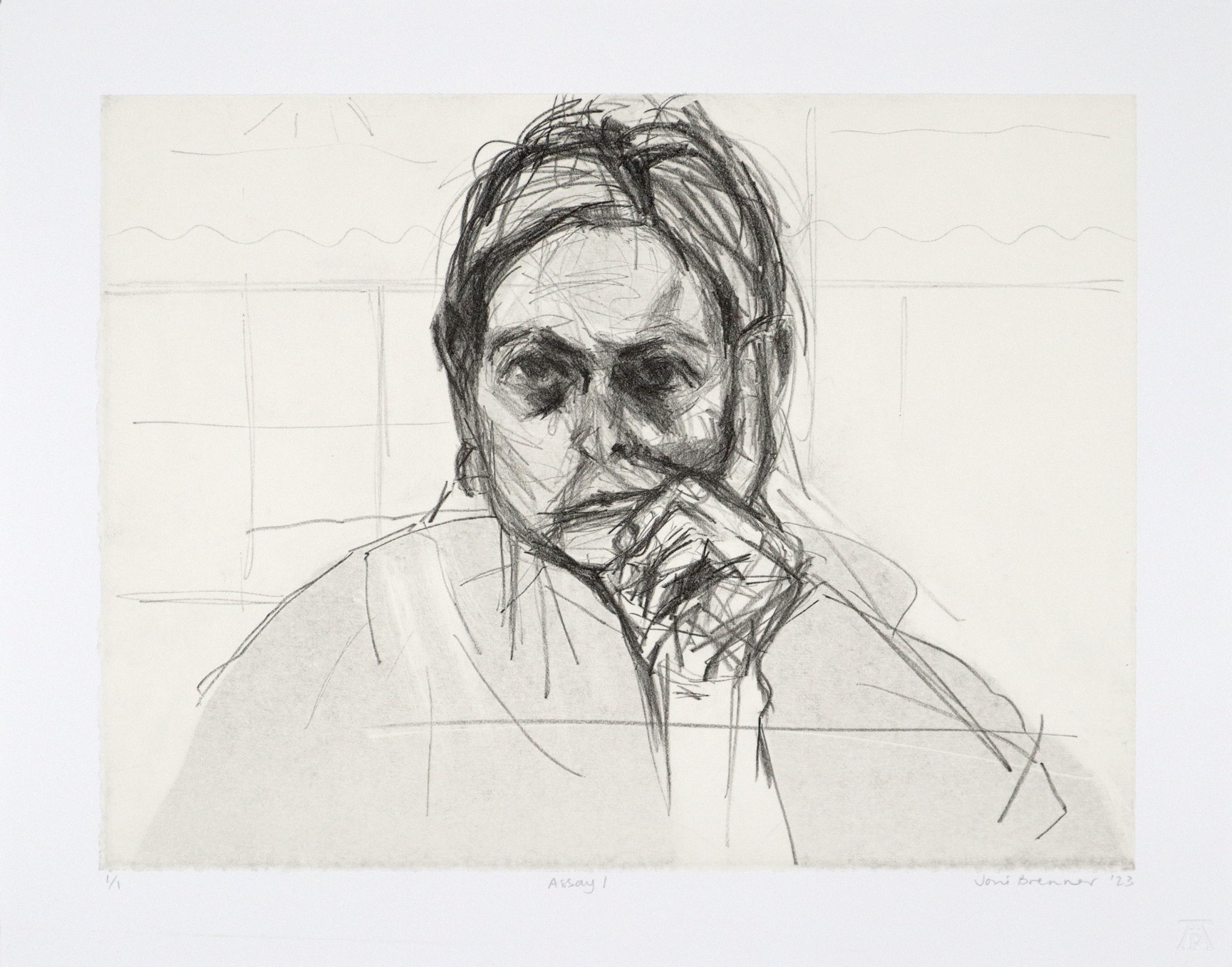
Title: Assay I
Medium: Paper chine colle´monoprint
Paper size: 34 x 43 cm
Edition size: 1/1
Price: R 6 000 (excl.VAT)
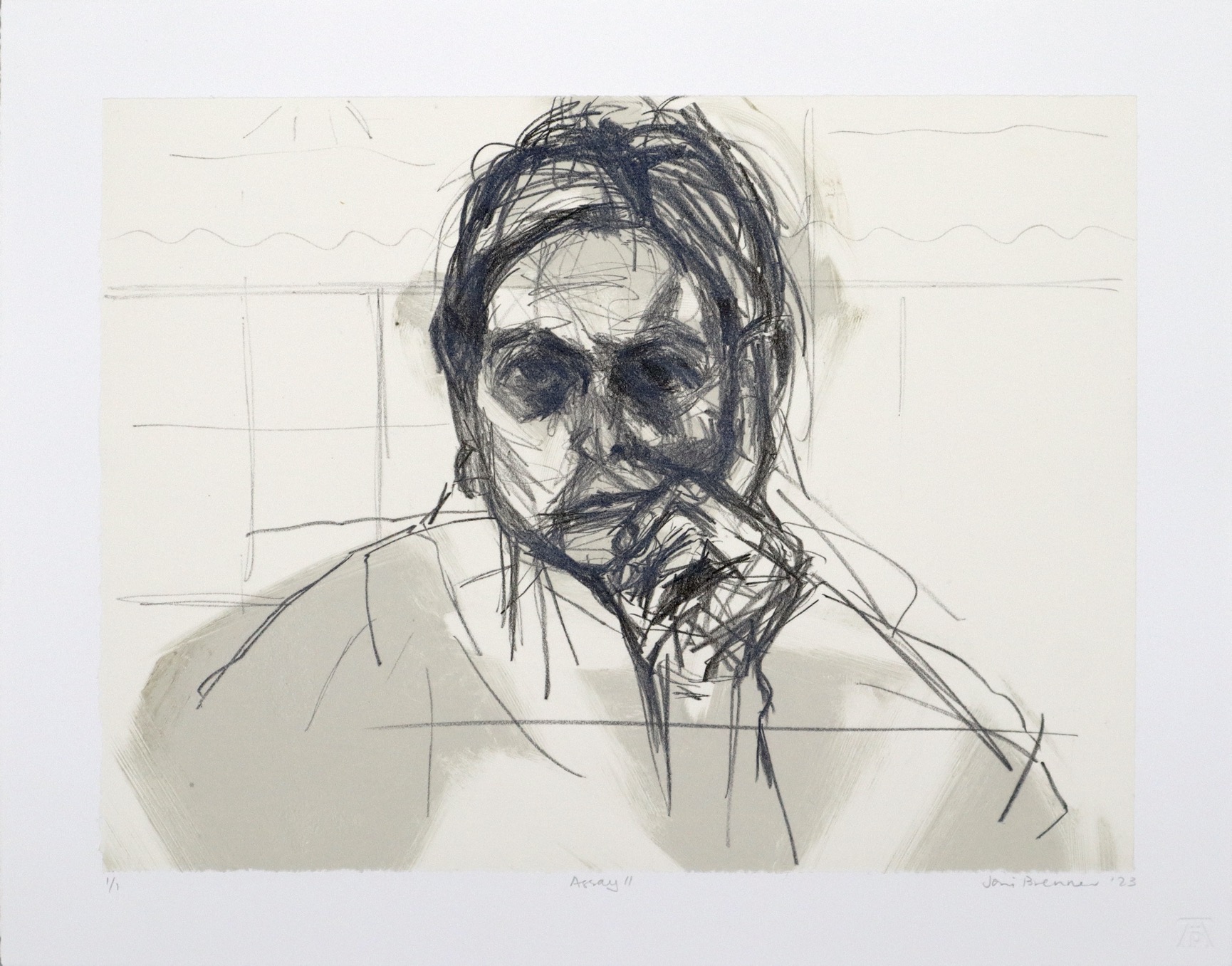
Title: Assay II
Medium: Paper chine colle´monoprint
Paper size: 34 x 43 cm
Edition size: 1/1
Price: R 6 000 (excl.VAT)
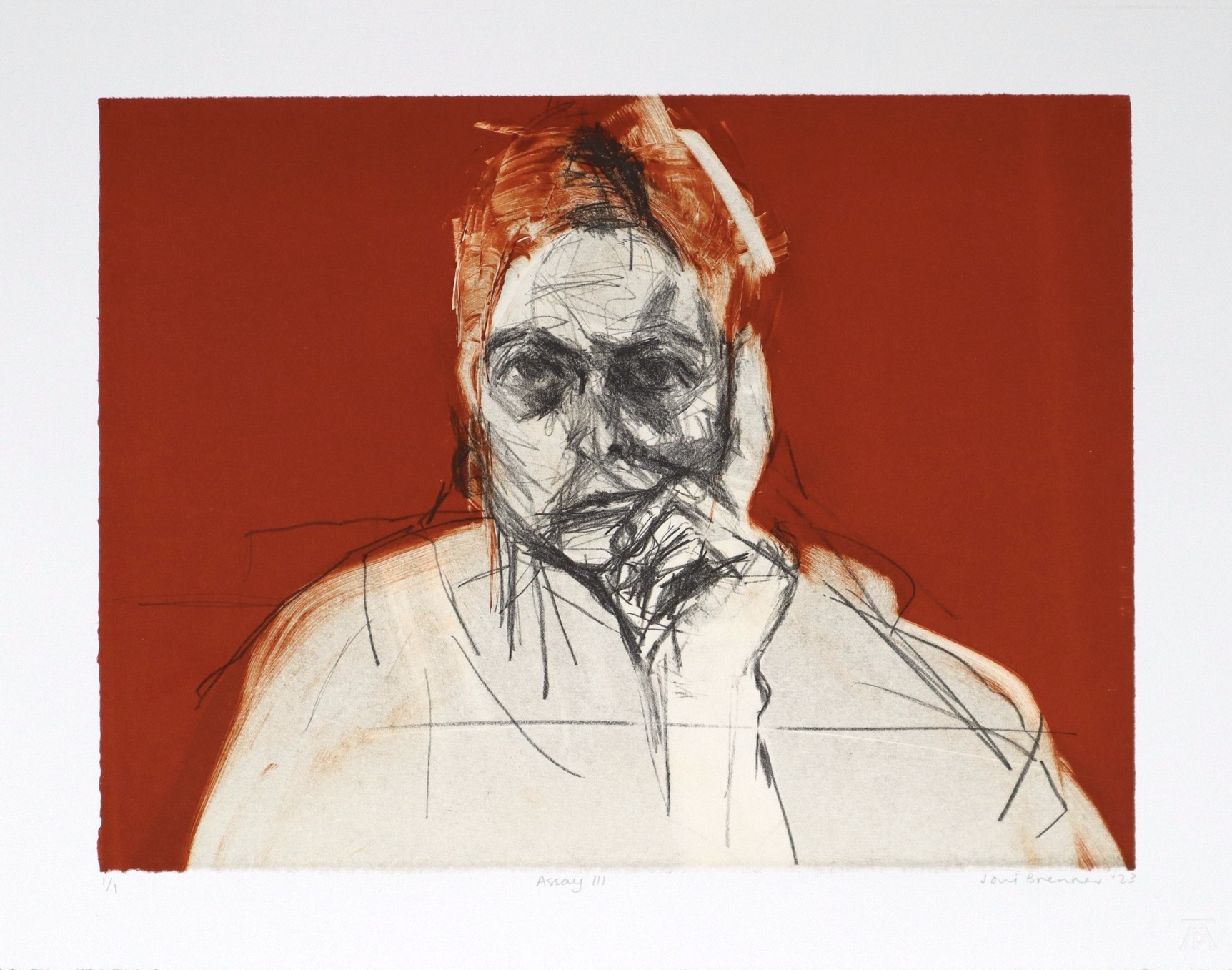
Title: Assay III
Medium: Paper chine colle´monoprint
Paper size: 34 x 43 cm
Edition size: 1/1
Price: R 6 000 (excl.VAT)
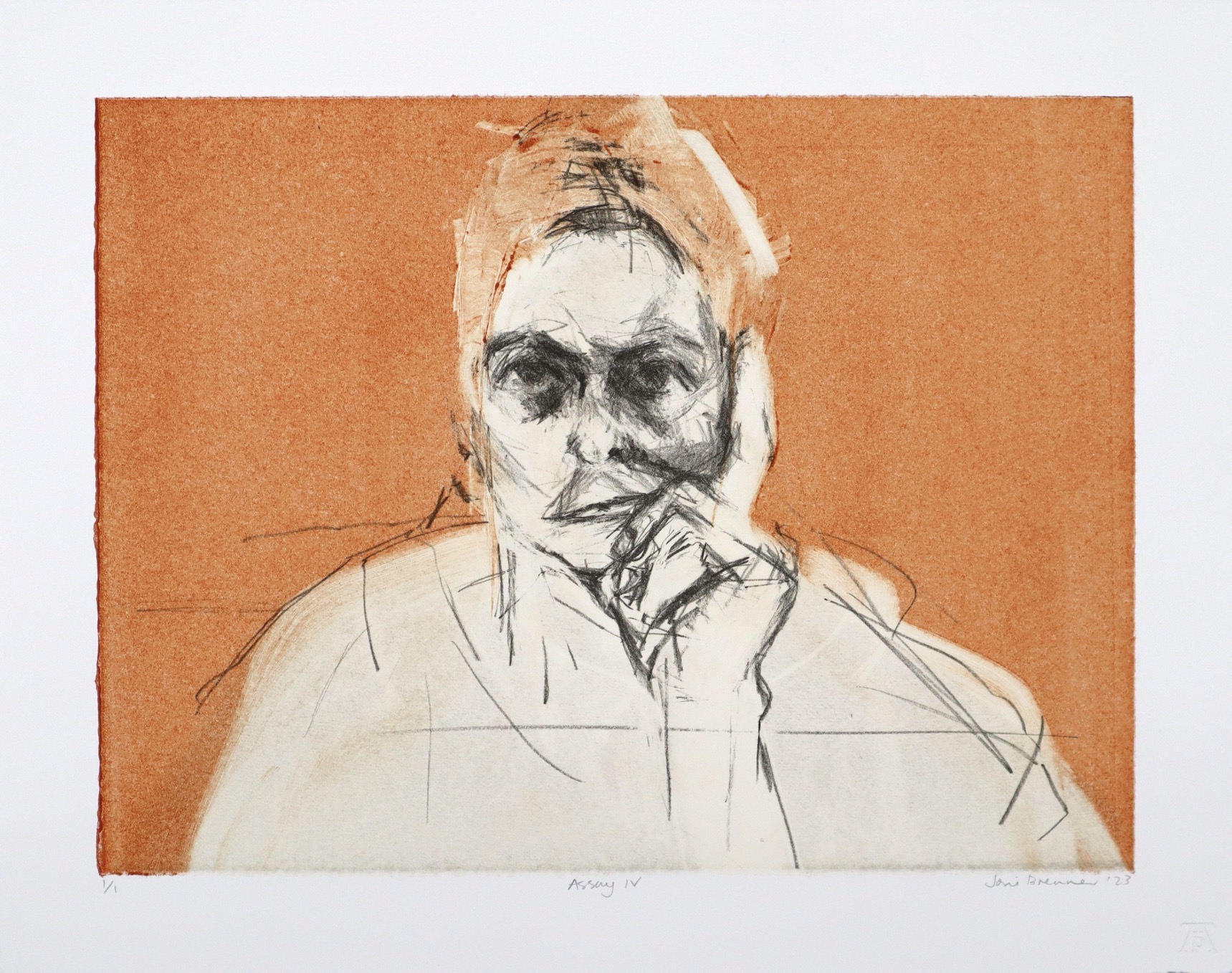
Title: Assay IV
Medium: Paper chine colle´monoprint
Paper size: 34 x 43 cm
Edition size: 1/1
Price: R 6 000 (excl.VAT)
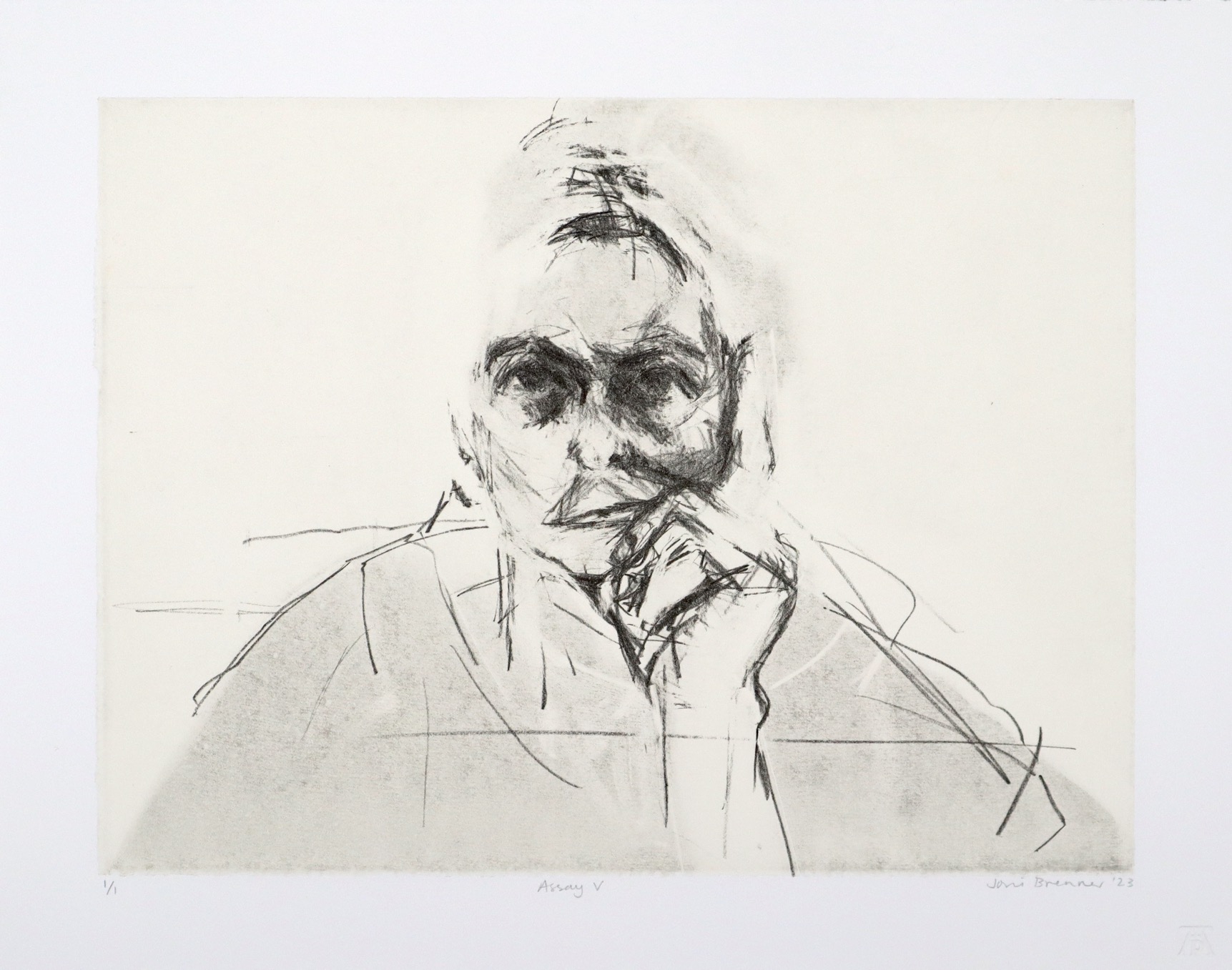
Title: Assay V
Medium: Paper chine colle´monoprint
Paper size: 34 x 43 cm
Edition size: 1/1
Price: R 6 000 (excl.VAT)
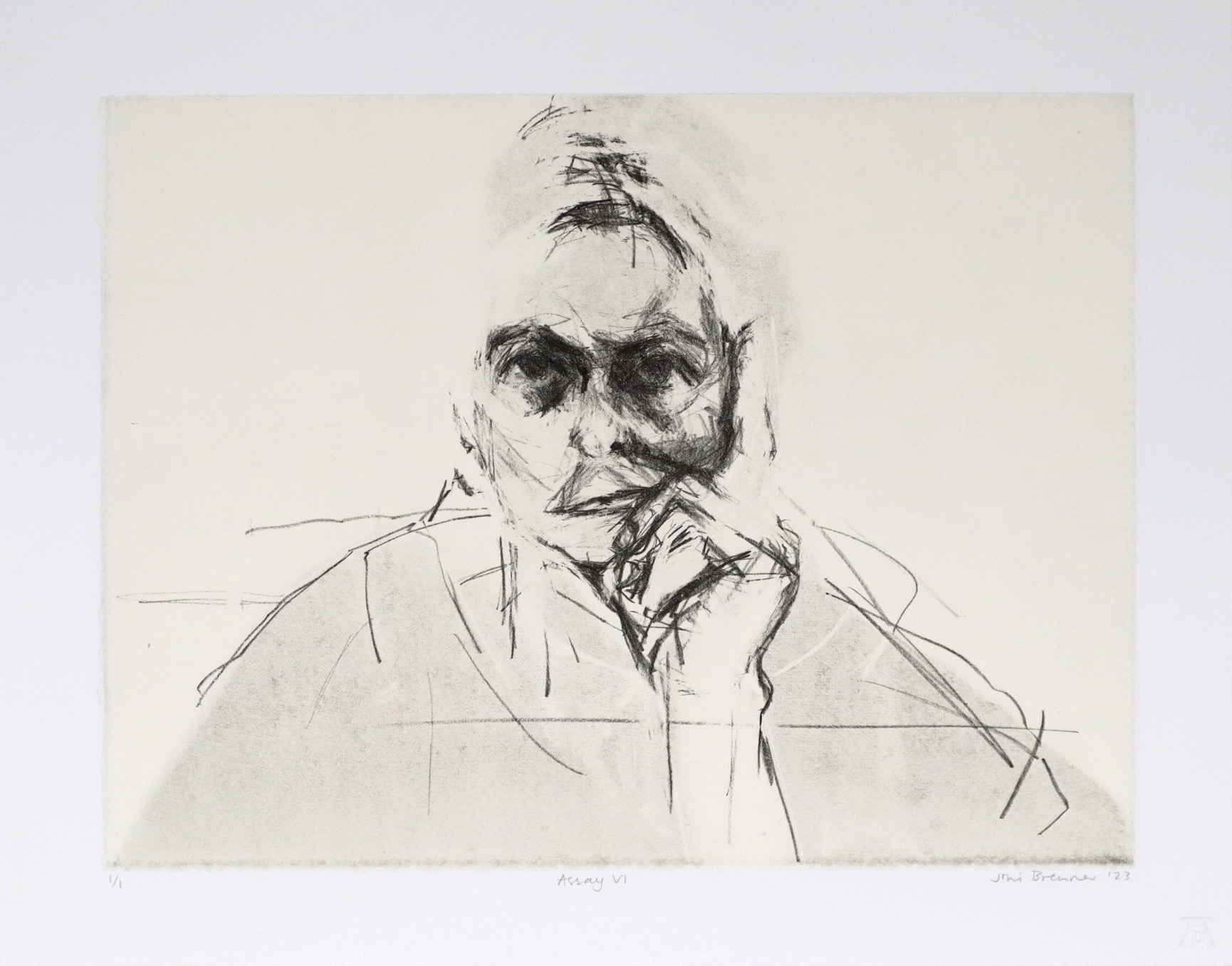
Title: Assay VI
Medium: Paper chine colle´monoprint
Paper size: 34 x 43 cm
Edition size: 1/1
Price: R 6 000 (excl.VAT)
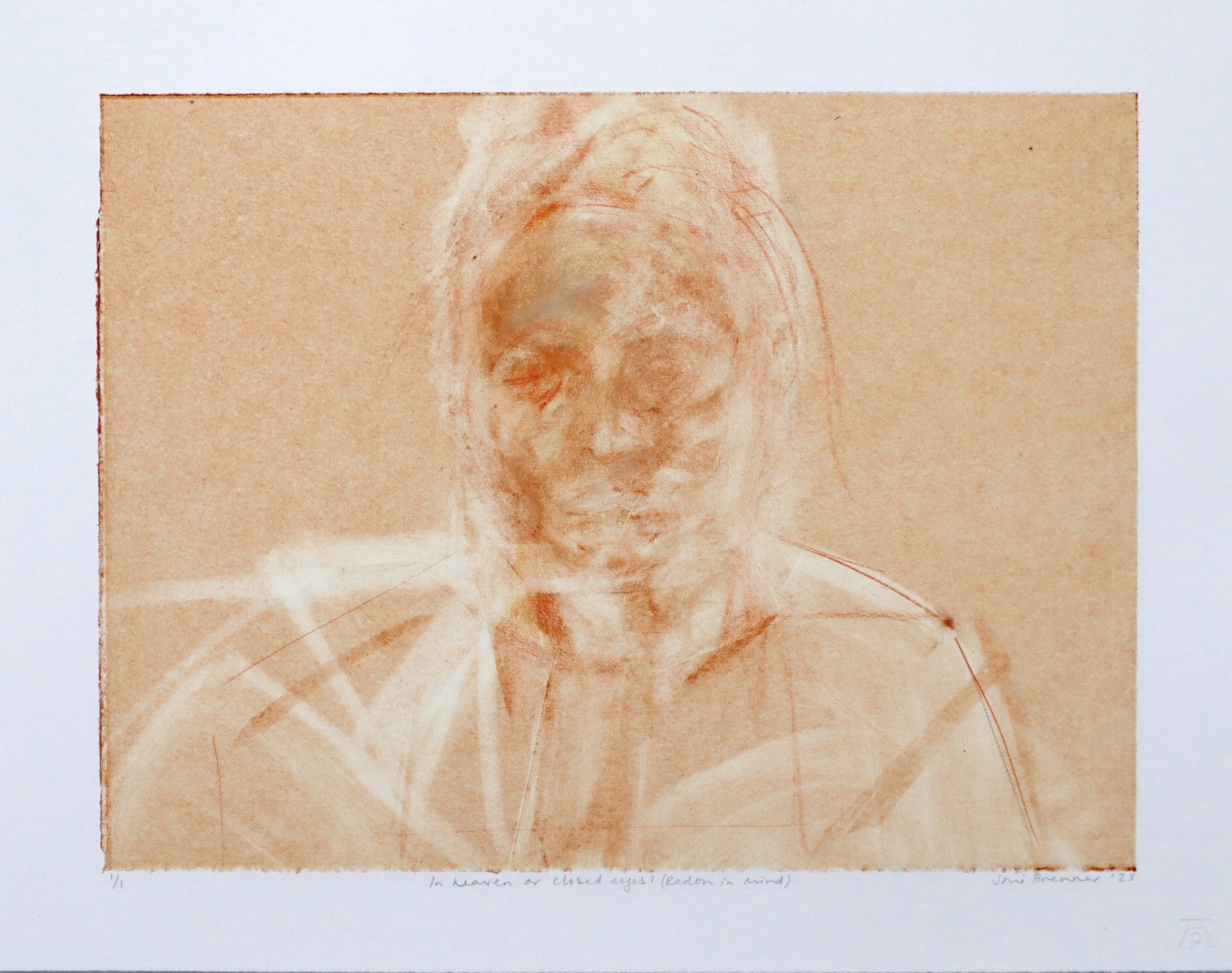
Title: In heaven or closed eyes I (Redon in mind)
Medium: Paper chine colle´monoprint
Paper size: 34 x 43 cm
Edition size: 1/1
Price: R 6 000 (excl.VAT)
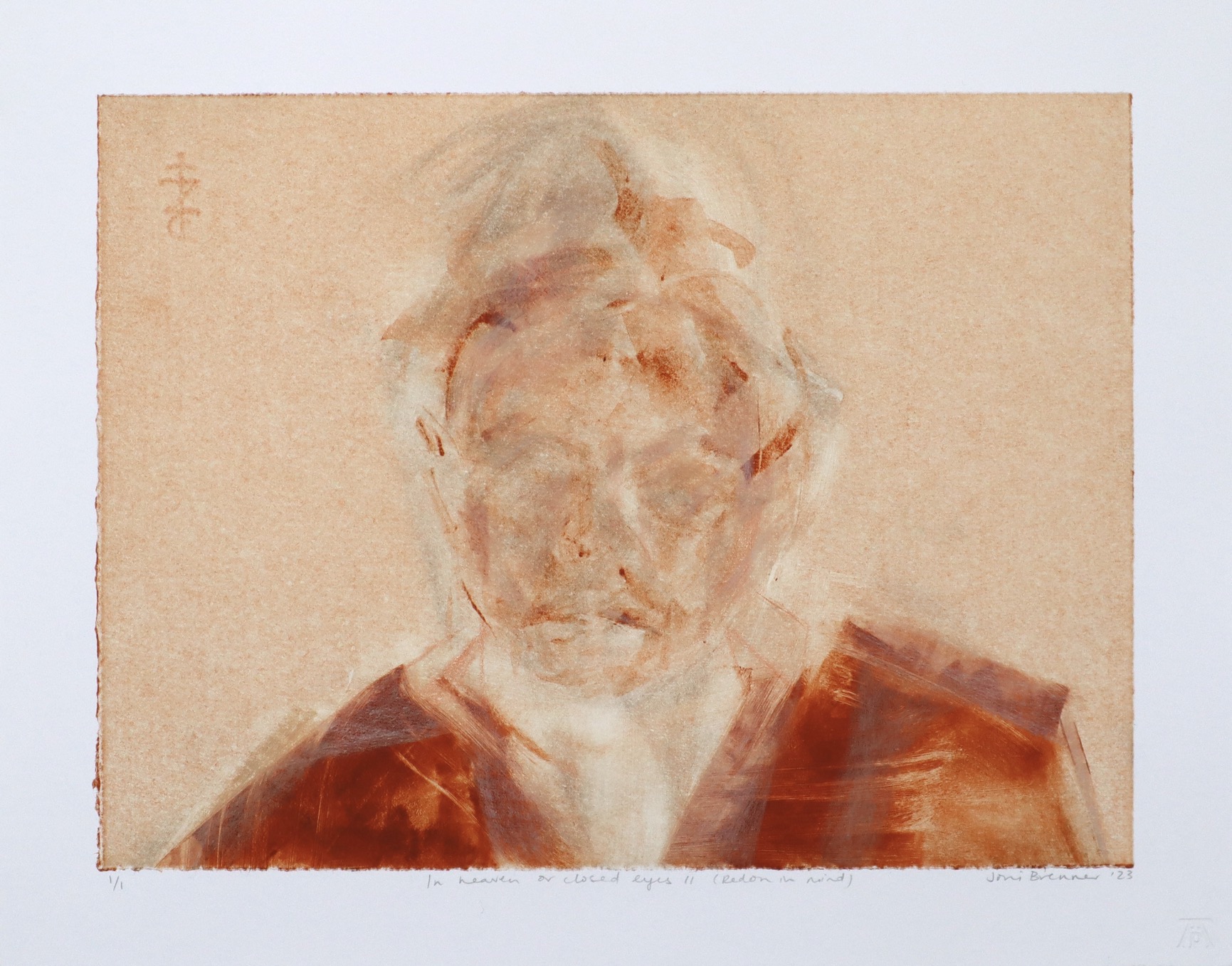
Title: In heaven or closed eyes II (Redon in mind)
Medium: Paper chine colle´monoprint
Paper size: 34 x 43 cm
Edition size: 1/1
Price: R 6 000 (excl.VAT)
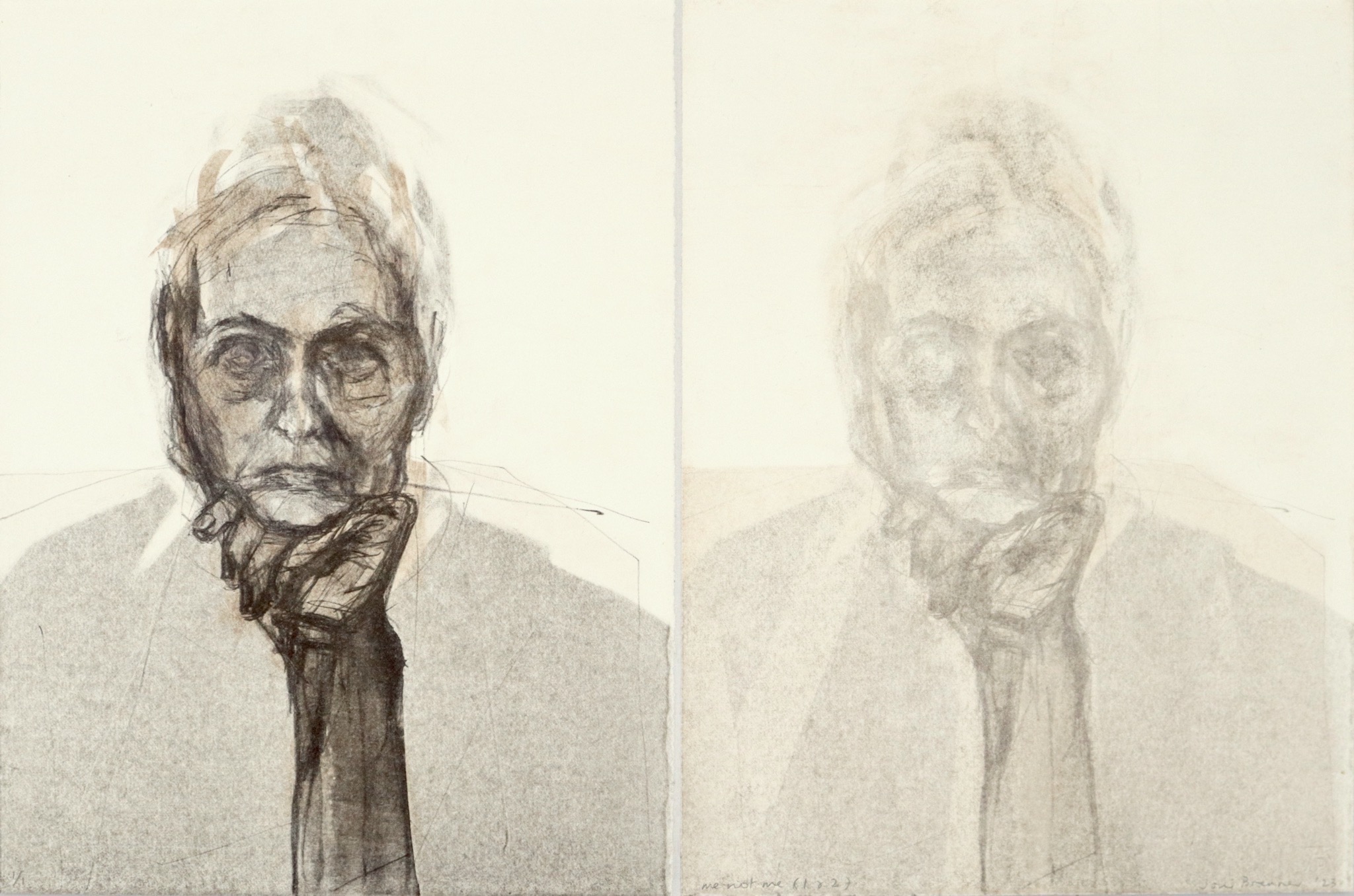
Title: me not me (1 & 2)
Medium: Monoprint (two printed panels adhered to cotton fabric backing)
Paper size: 36 x 54.5 cm
Edition size: 1/1
Price: R 8 000 (excl.VAT)
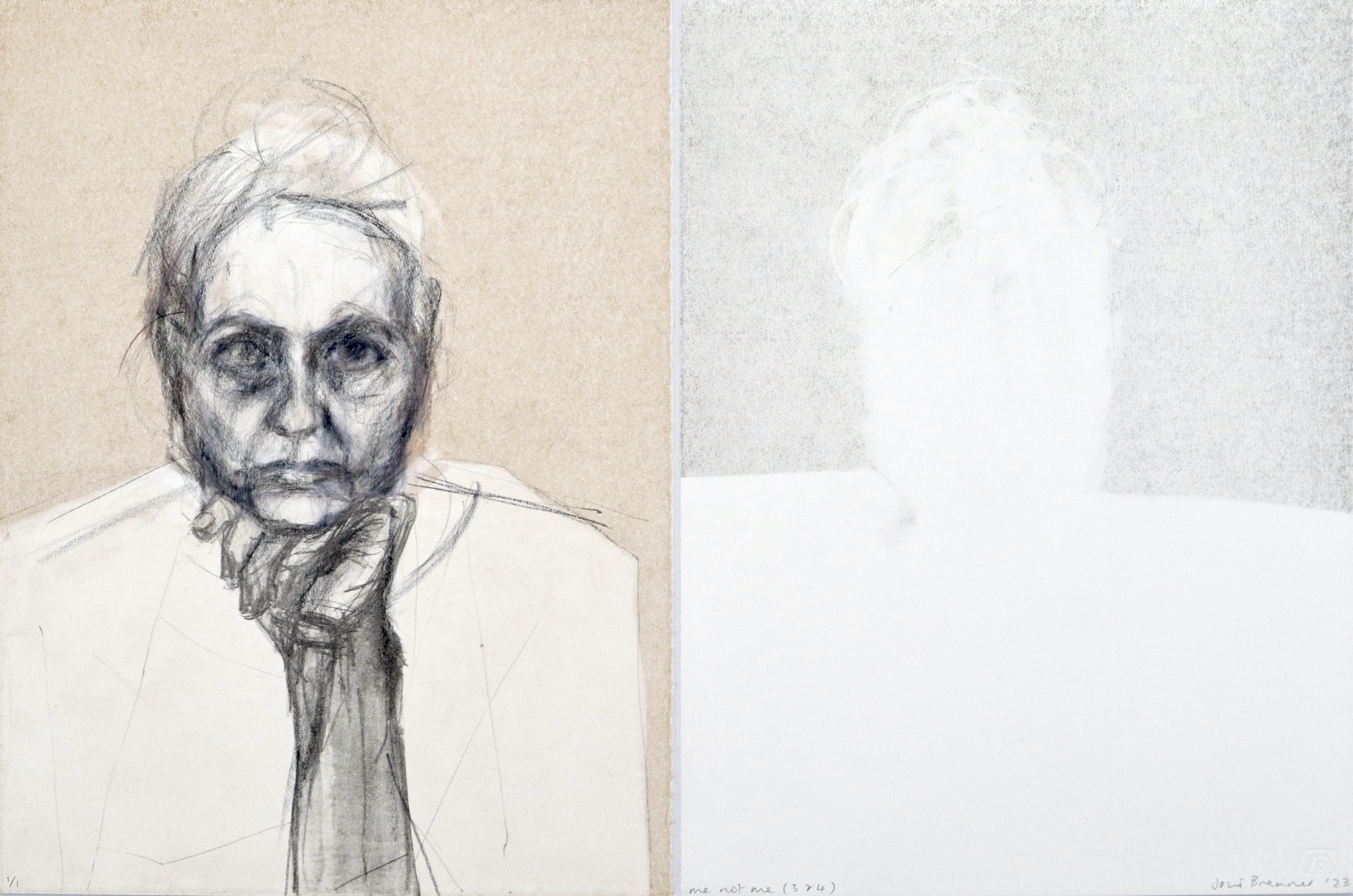
Title: me not me (3 & 4)
Medium: Monoprint (two printed panels adhered to cotton fabric backing)
Paper size: 36 x 54.5 cm
Edition size: 1/1
Price: R 8 000 (excl.VAT)
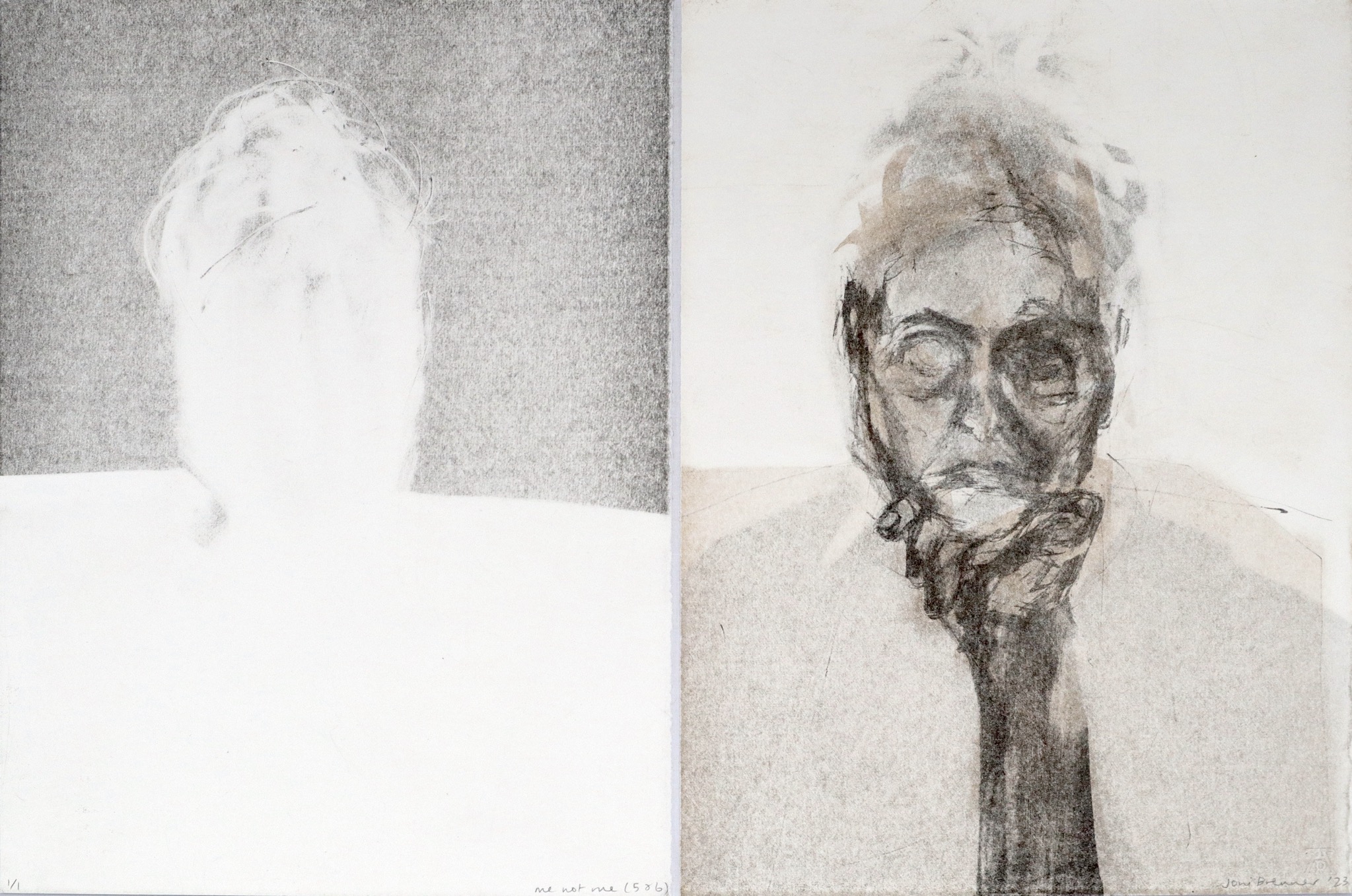
Title: me not me (5 & 6)
Medium: Monoprint (two printed panels adhered to cotton fabric backing)
Paper size: 36 x 54.5 cm
Edition size: 1/1
Price: R 8 000 (excl.VAT)
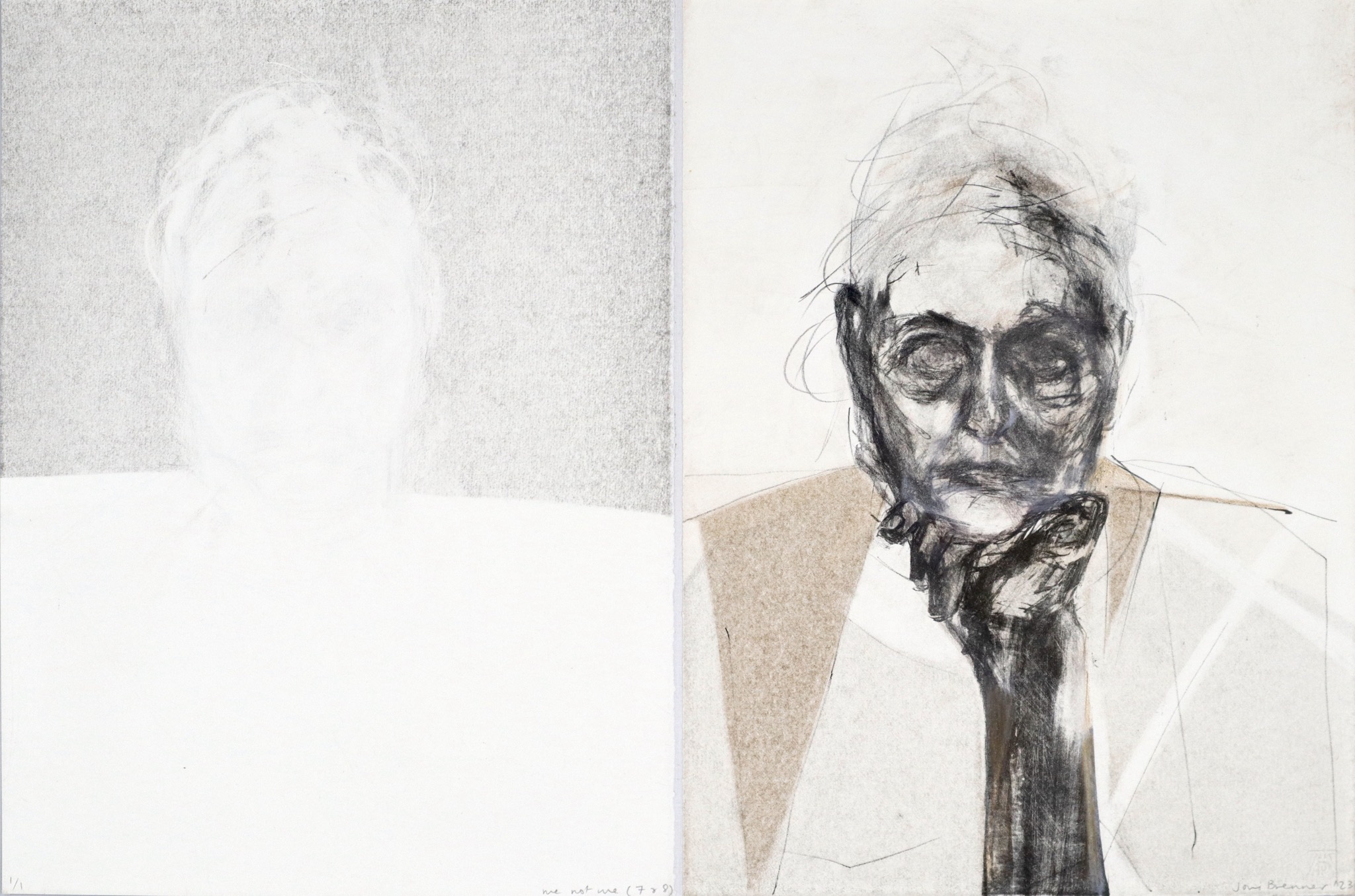
Title: me not me (7 & 8)
Medium: Monoprint (two printed panels adhered to cotton fabric backing)
Paper size: 36 x 54.5 cm
Edition size: 1/1
Price: R 8 000 (excl.VAT)
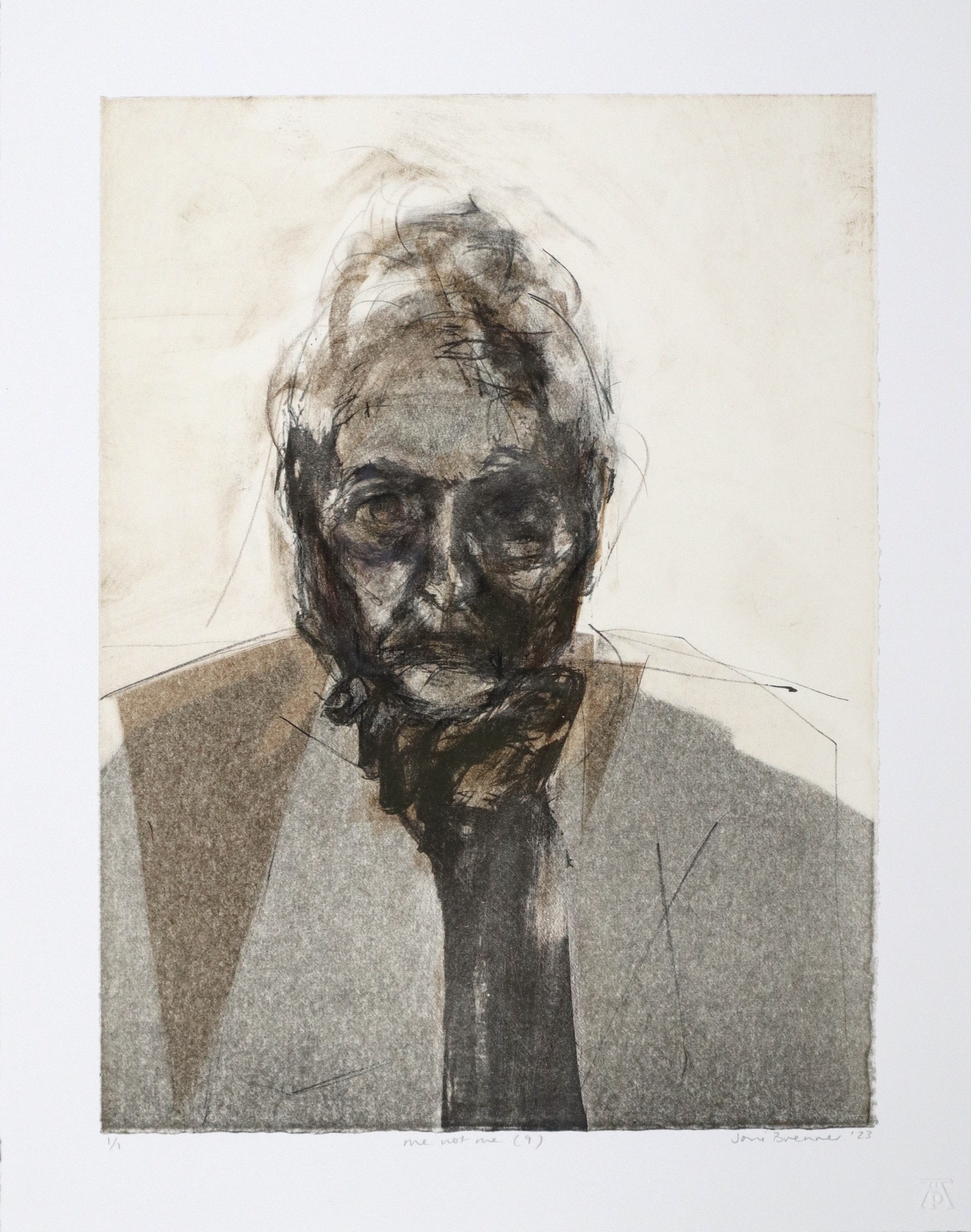
Title: me not me (9)
Medium: Monoprint (printed panel adhered to cotton fabric backing)
Paper size: 36 x 54.5 cm
Edition size: 1/1
Price: R 6 000 (excl.VAT)
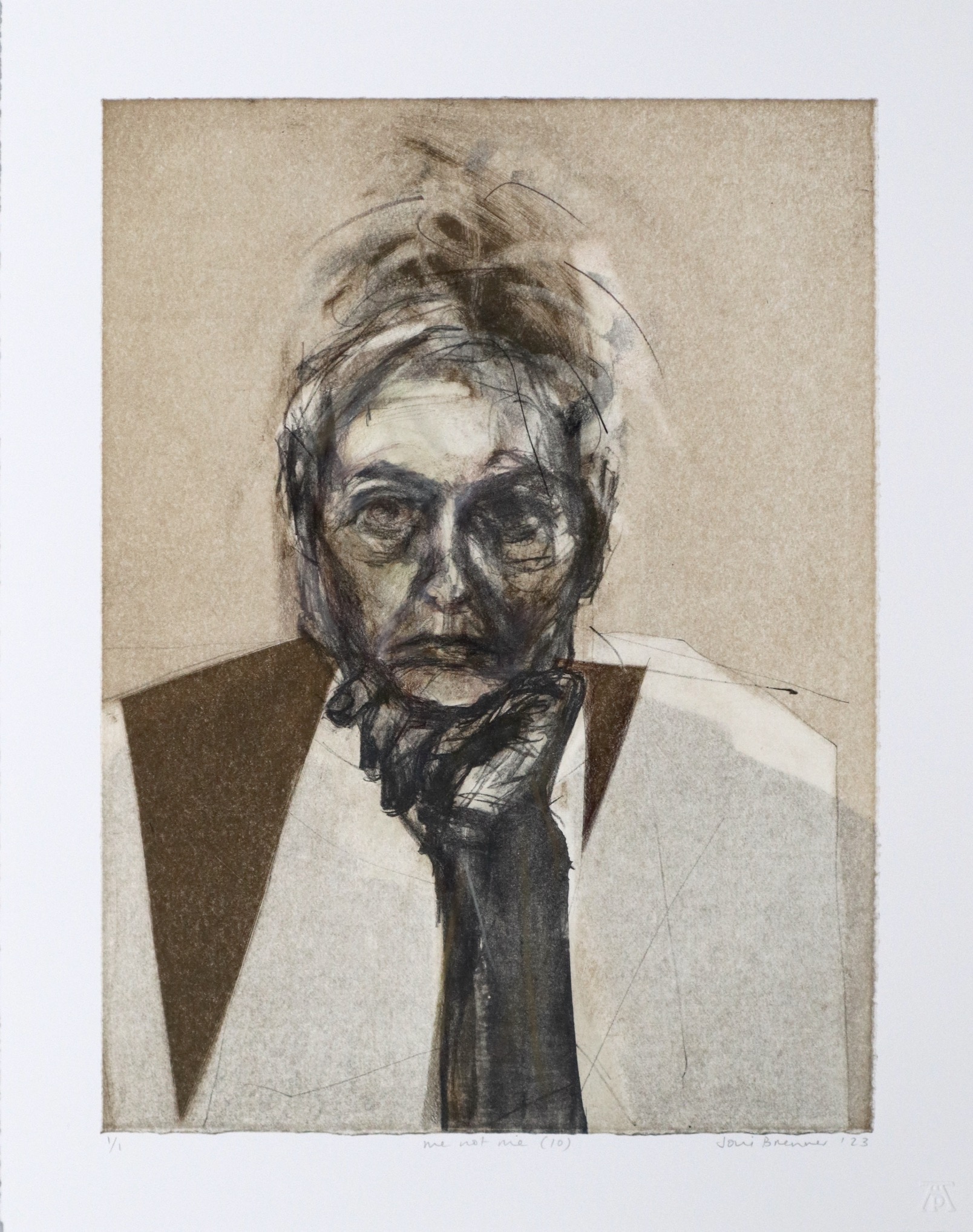
Title: me not me (10)
Medium: Monoprint (printed panel adhered to cotton fabric backing)
Paper size: 36 x 54.5 cm
Edition size: 1/1
Price: R 6 000 (excl.VAT)
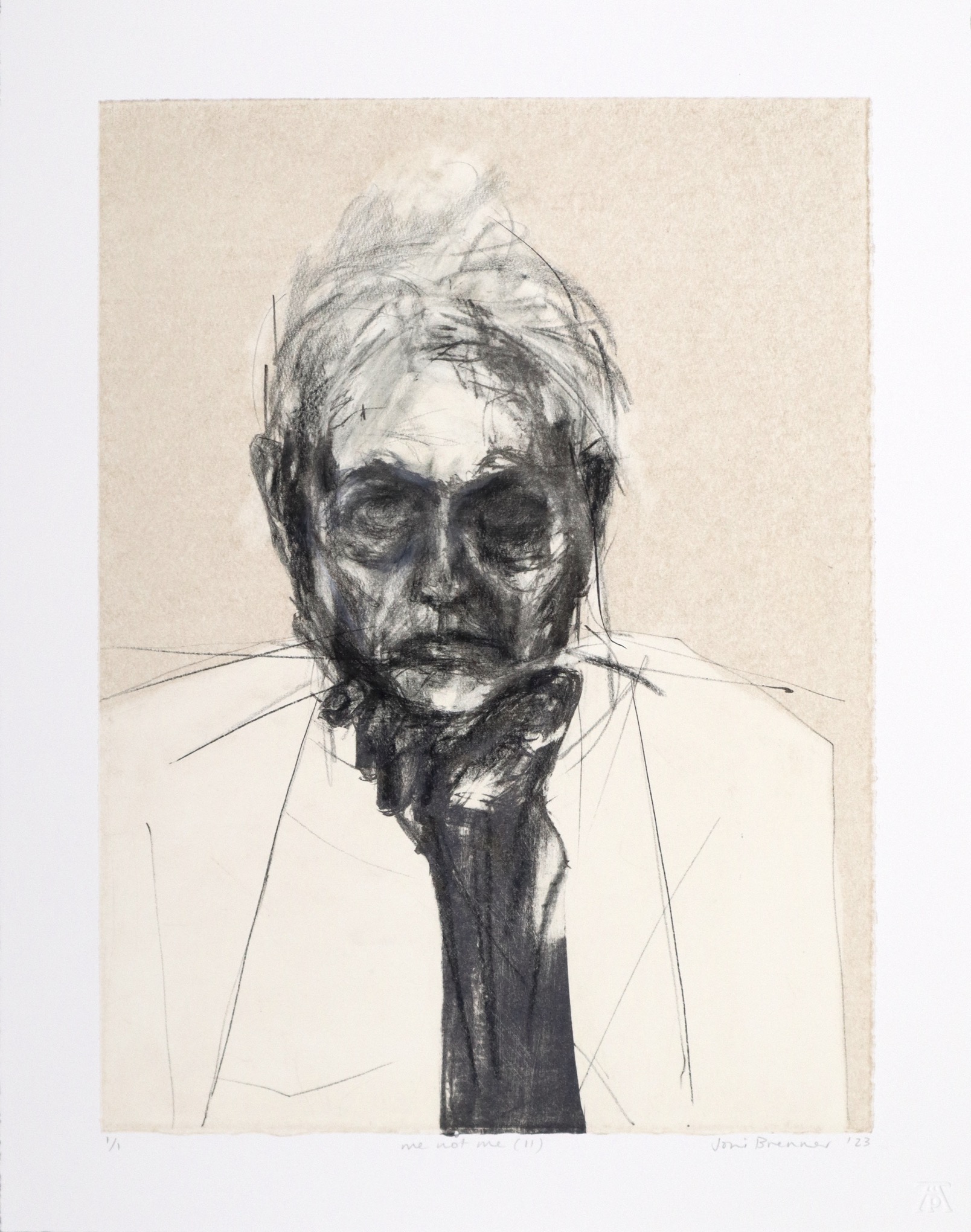
Title: me not me (11)
Medium: Monoprint (printed panel adhered to cotton fabric backing)
Paper size: 36 x 54.5 cm
Edition size: 1/1
Price: R 6 000 (excl.VAT)
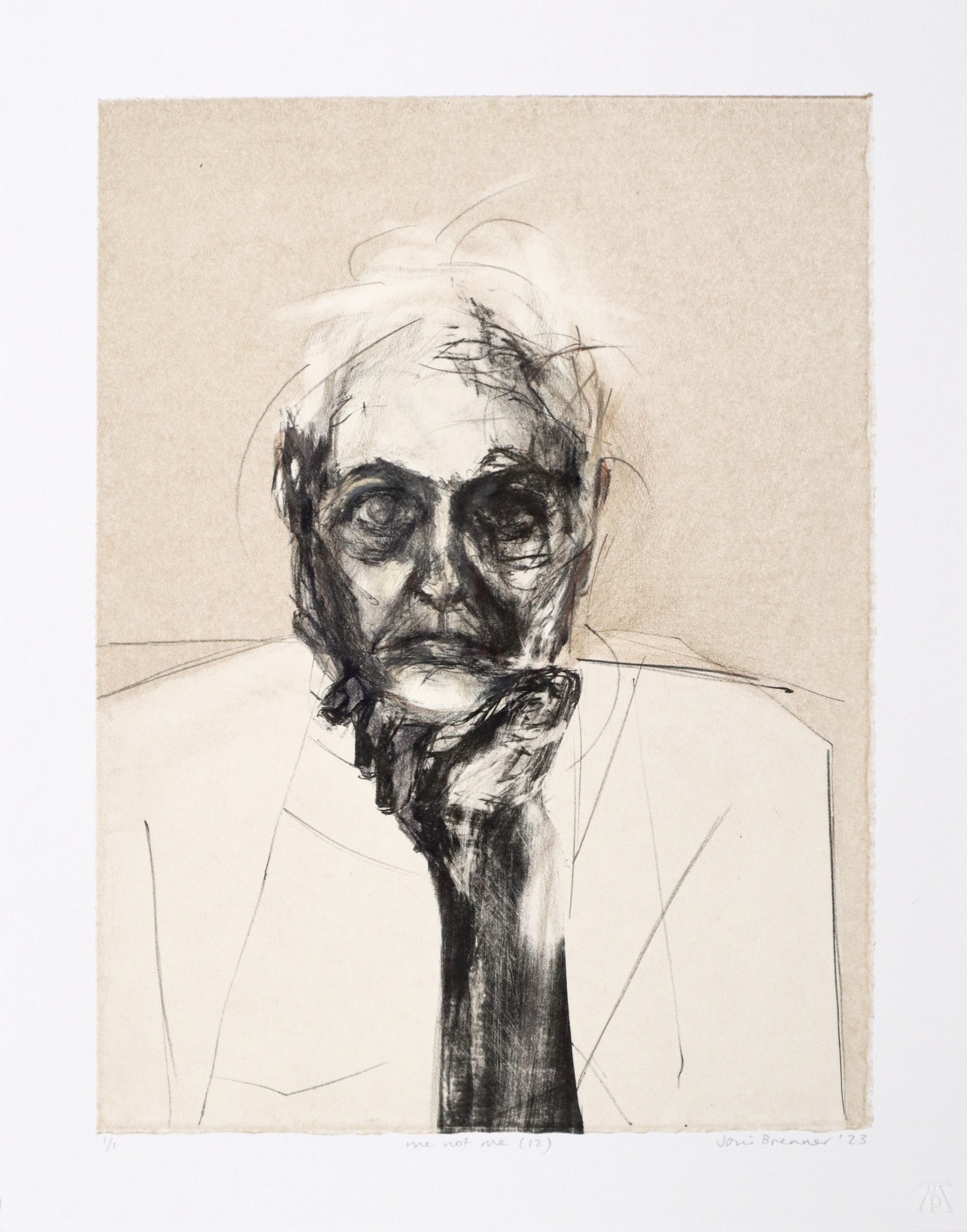
Title: me not me (12)
Medium: Monoprint (printed panel adhered to cotton fabric backing)
Paper size: 36 x 54.5 cm
Edition size: 1/1
Price: R 6 000 (excl.VAT)
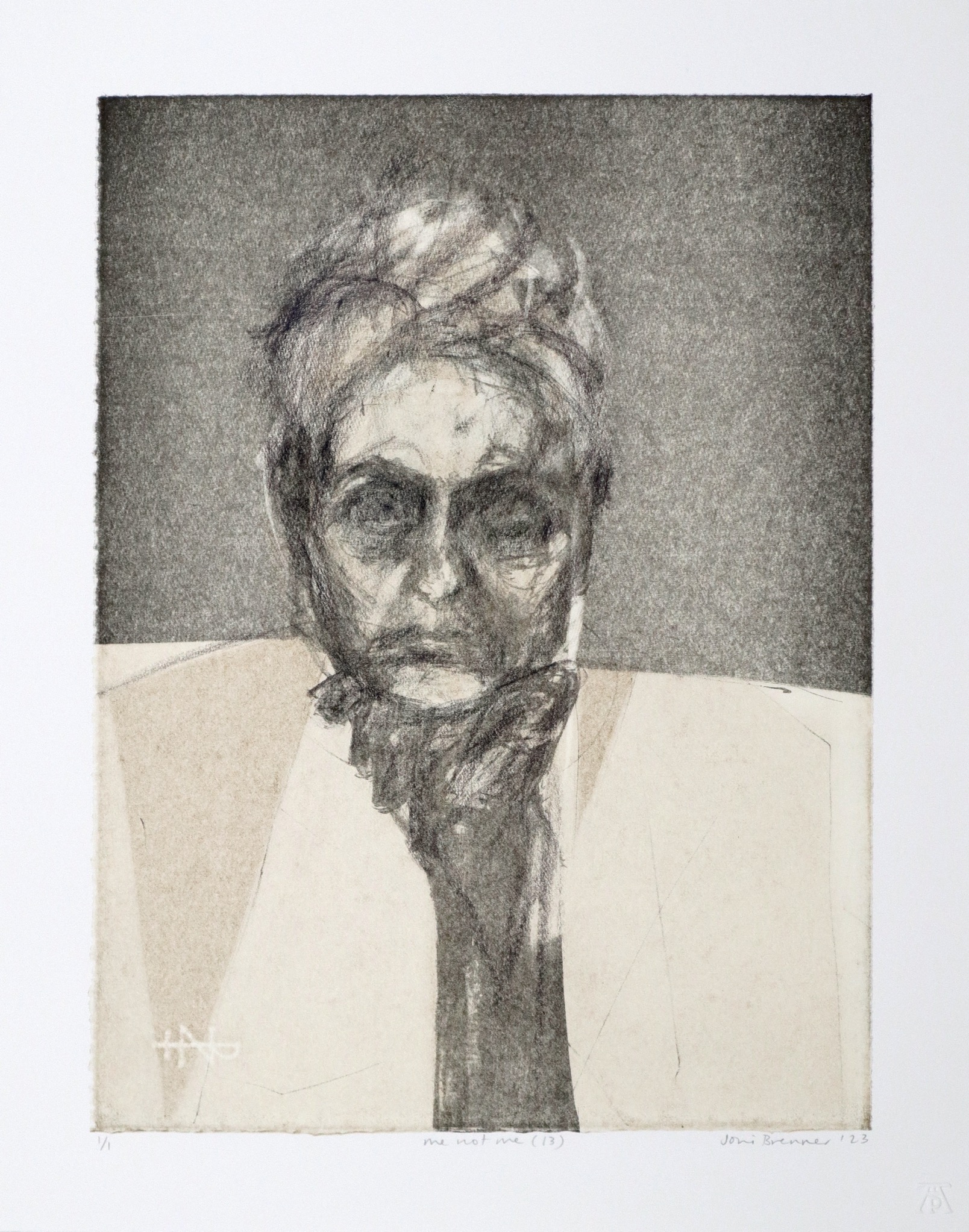
Title: me not me (13)
Medium: Monoprint (printed panel adhered to cotton fabric backing)
Paper size: 36 x 54.5 cm
Edition size: 1/1
Price: R 6 000 (excl.VAT)
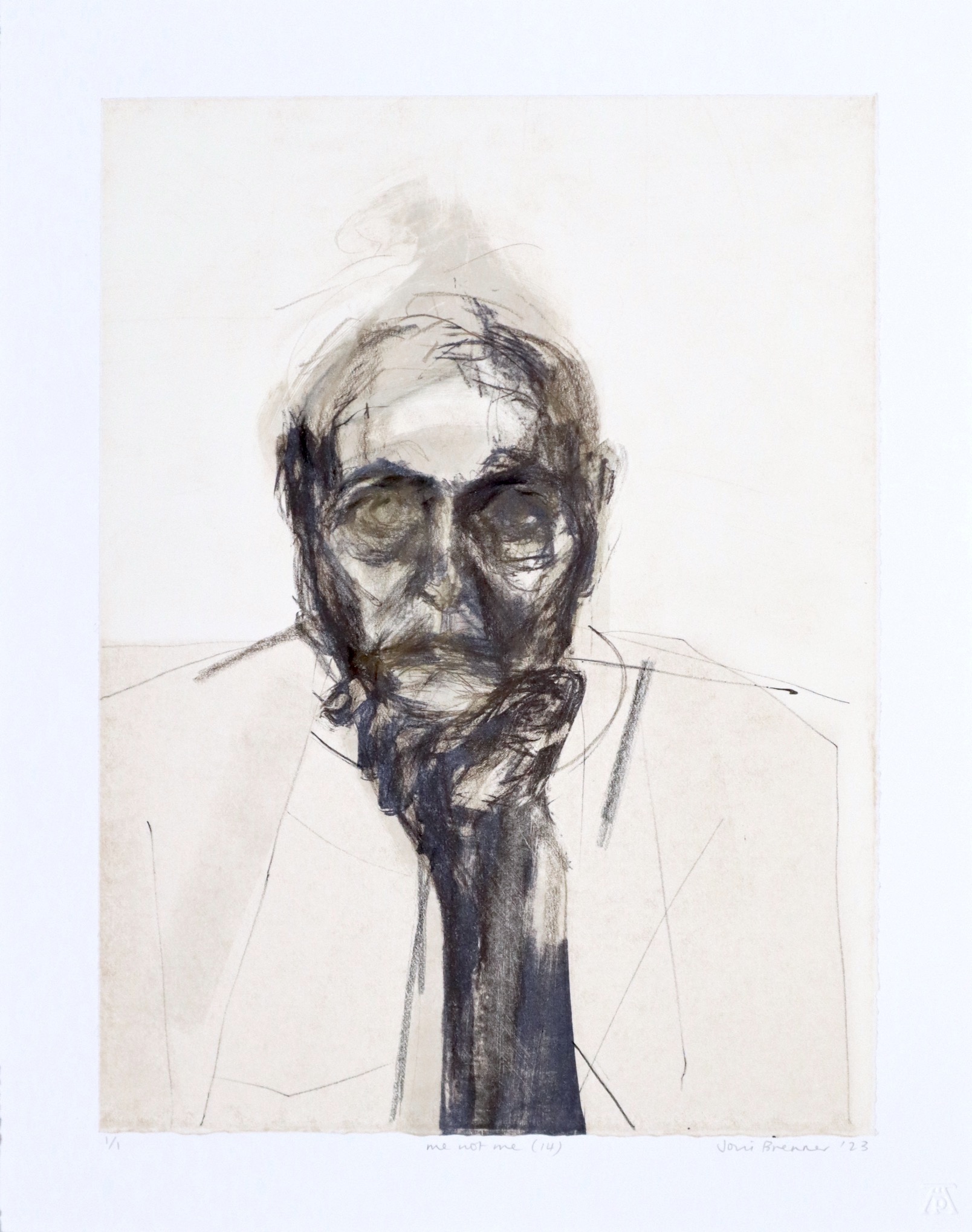
Title: me not me (14)
Medium: Monoprint (printed panel adhered to cotton fabric backing)
Paper size: 36 x 54.5 cm
Edition size: 1/1
Price: R 6 000 (excl.VAT)
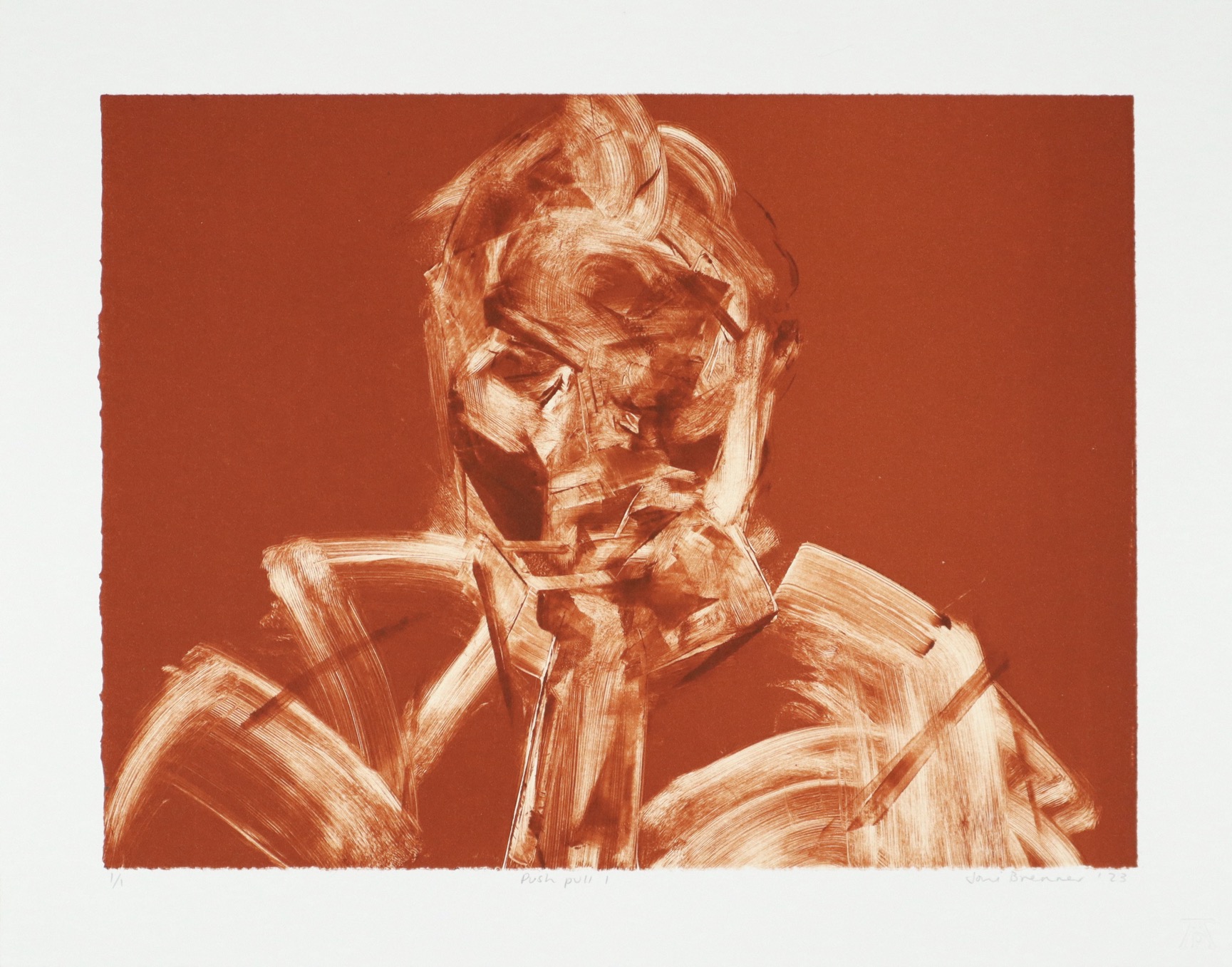
Title: Push pull I
Medium: Paper chine colle´monoprint
Paper size: 34 x 43 cm
Edition size: 1/1
SOLD
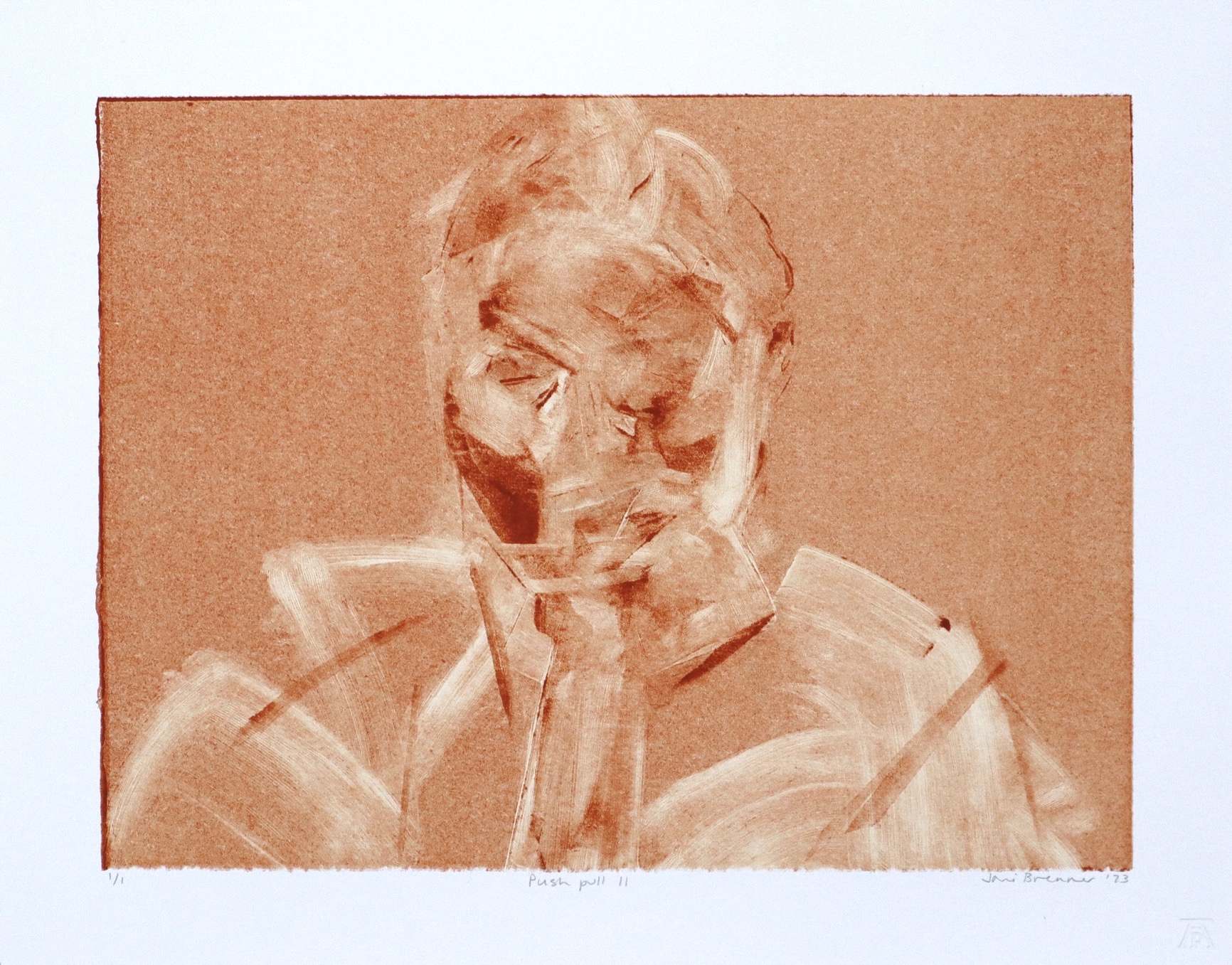
Title: Push pull II
Medium: Paper chine colle´monoprint
Paper size: 34 x 43 cm
Edition size: 1/1
Price: R 6 000 (excl.VAT)
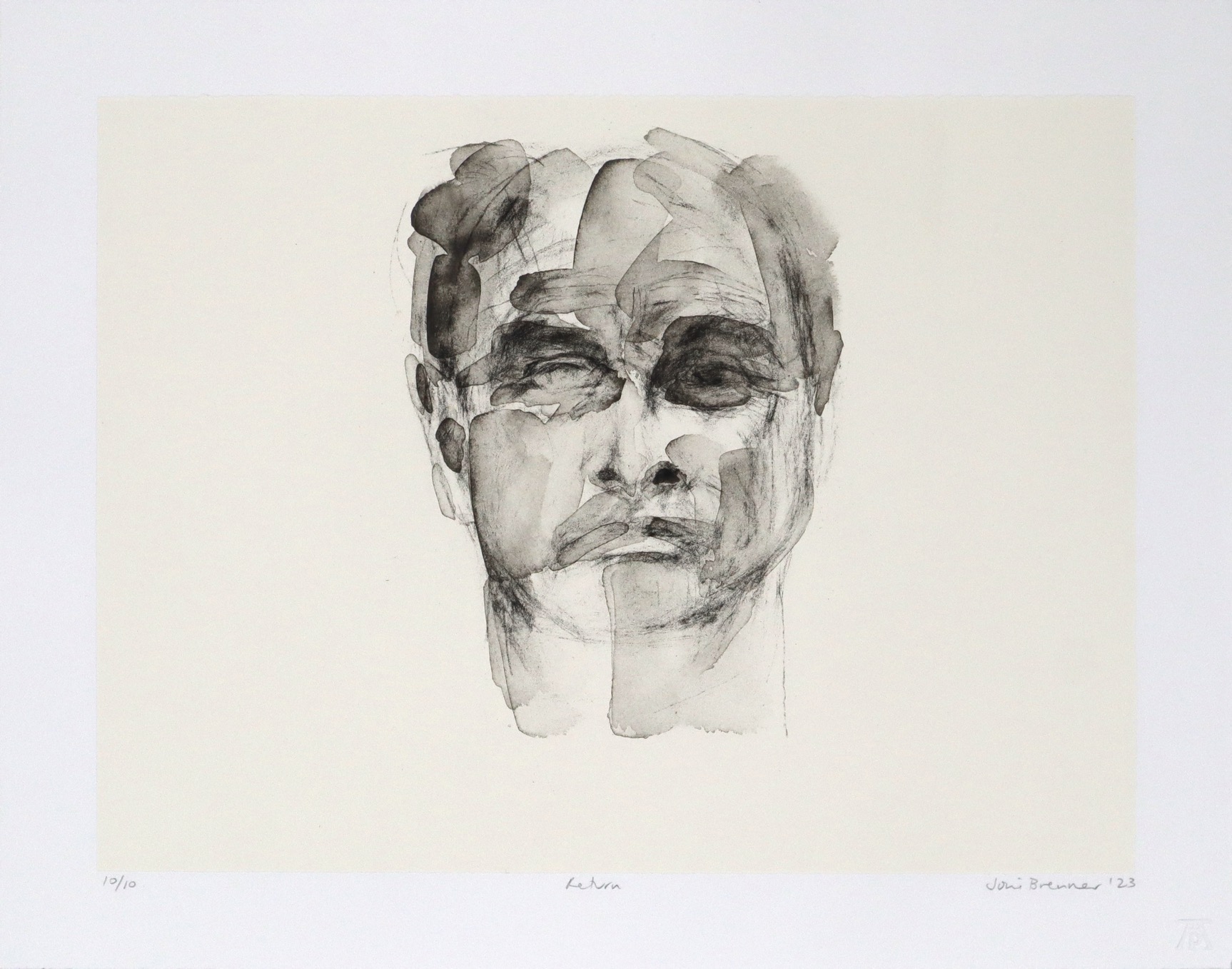
Title: Return
Medium: Three colour chine colle´ lithograph
Paper size: 34 x 43.5 cm
Image size: 27 x 36.2 cm
Edition size: 10
Price: R 4 000 (excl.VAT)
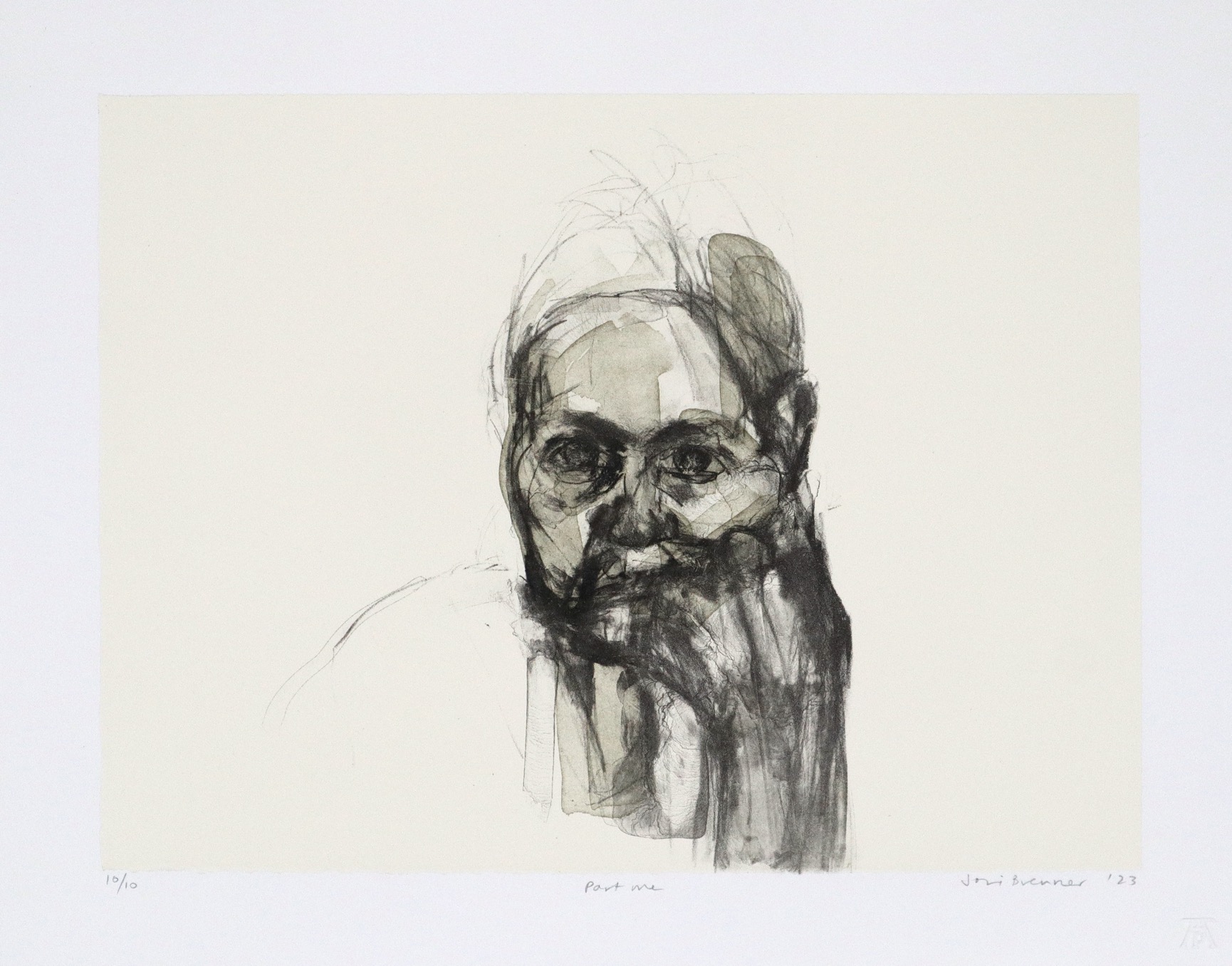
Title: Part me
Medium: Three colour chine colle´ lithograph
Paper size: 34 x 43.5 cm
Image size: 27 x 36.2 cm
Edition size: 10
Price: R 4 000 (excl.VAT)
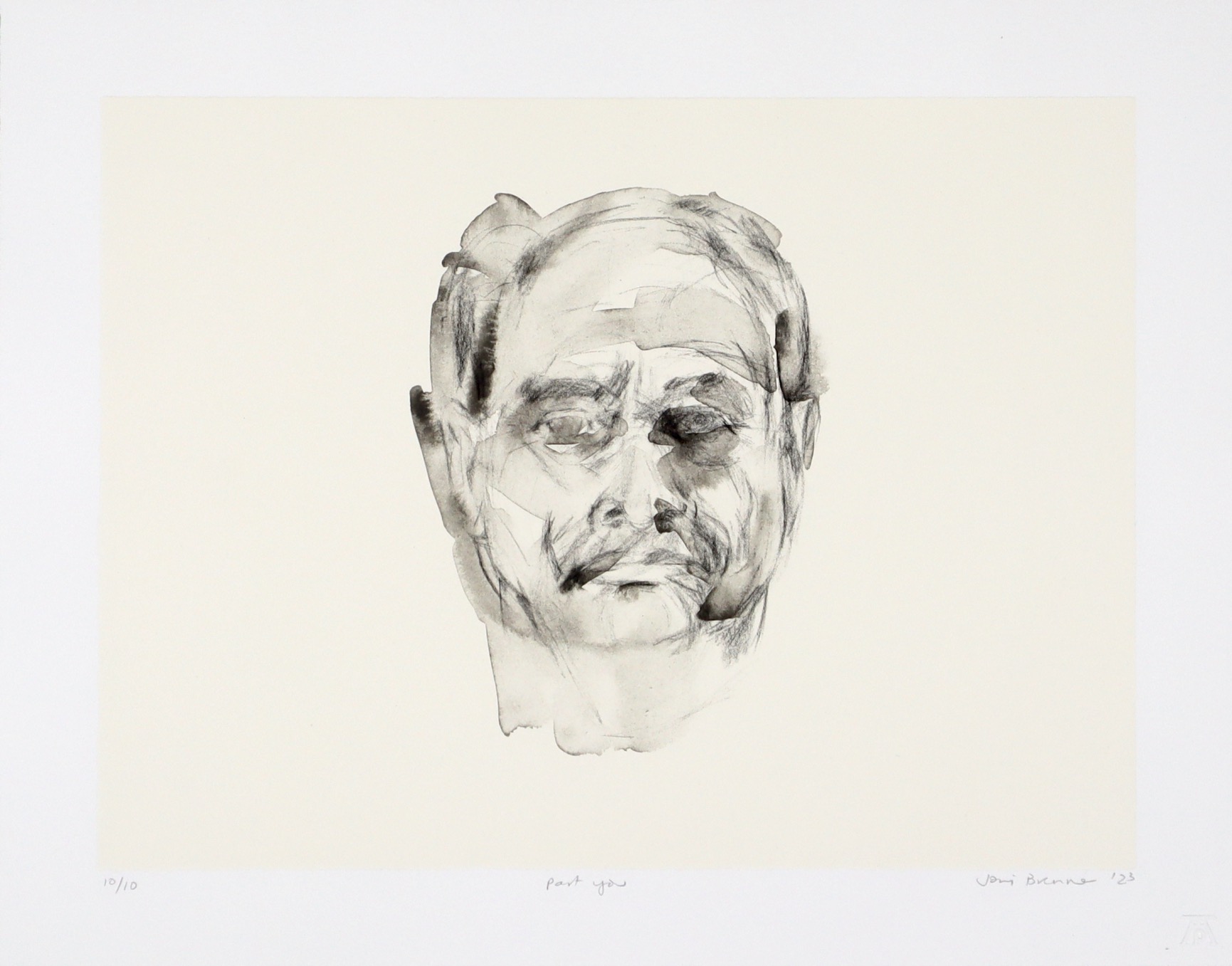
Title: Part you
Medium: Three colour chine colle´ lithograph
Paper size: 34 x 43.5 cm
Image size: 27 x 36.2 cm
Edition size: 10
Price: R 4 000 (excl.VAT)

Title: Start
Medium: Monoprint (five printed panels adhered to cotton fabric backing)
Paper size: 26.8 x 182 cm
Edition size: 1/1
Price: R 12 000 (excl.VAT)
Articulated
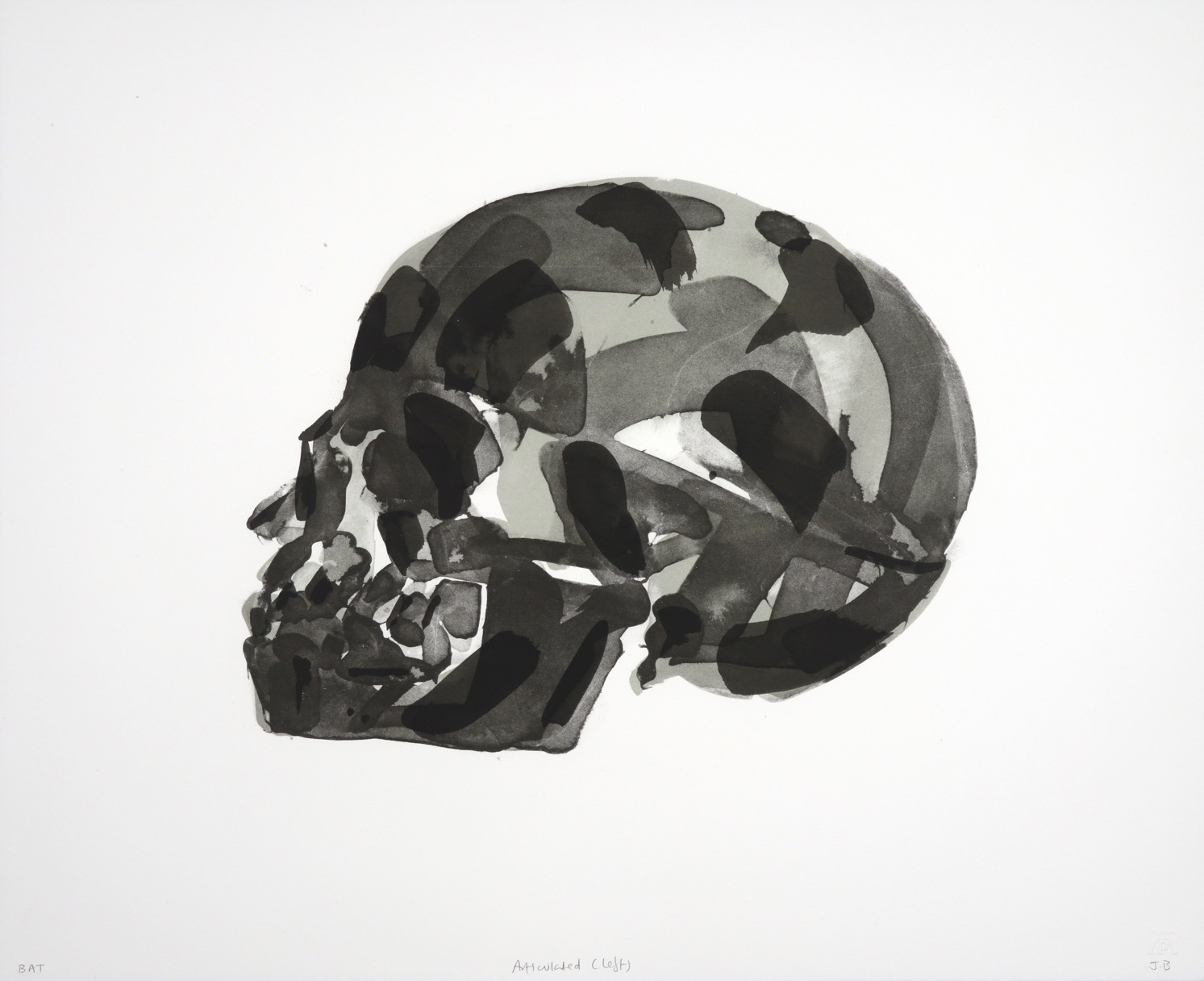
Title: Articulated (left)
Medium: Three colour lithograph
Paper size: 43.3 x 53 cm
Image size: approx 25 x 32.5 cm
Edition size: 25
Price: R 6 100 (excl.VAT)
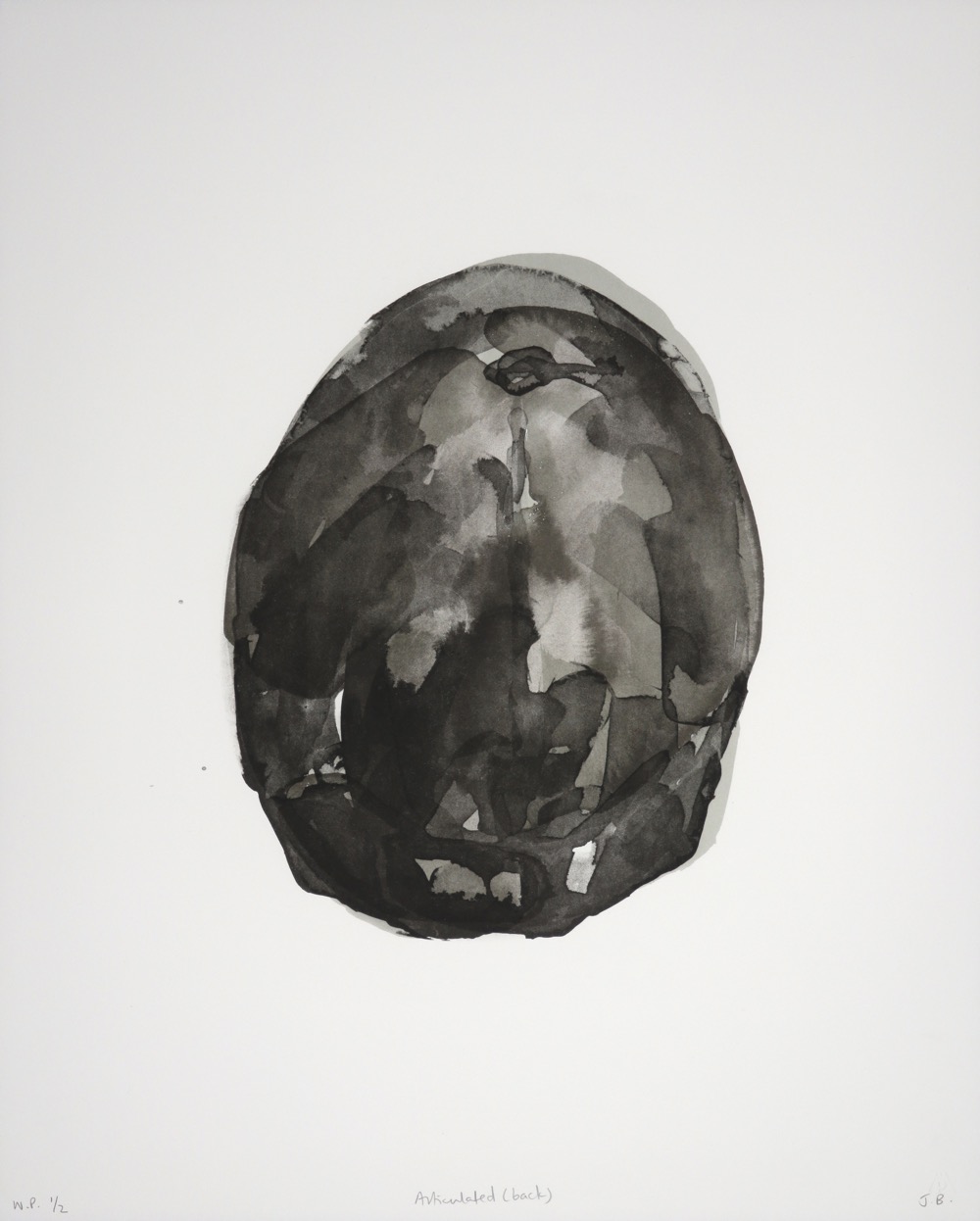
Title: Articulated (back)
Medium: Three colour lithograph
Paper size: 53.4 x 43 cm
Image size: approx 30 x 25 cm
Edition size: 25
Price: R 6 100 (excl.VAT)
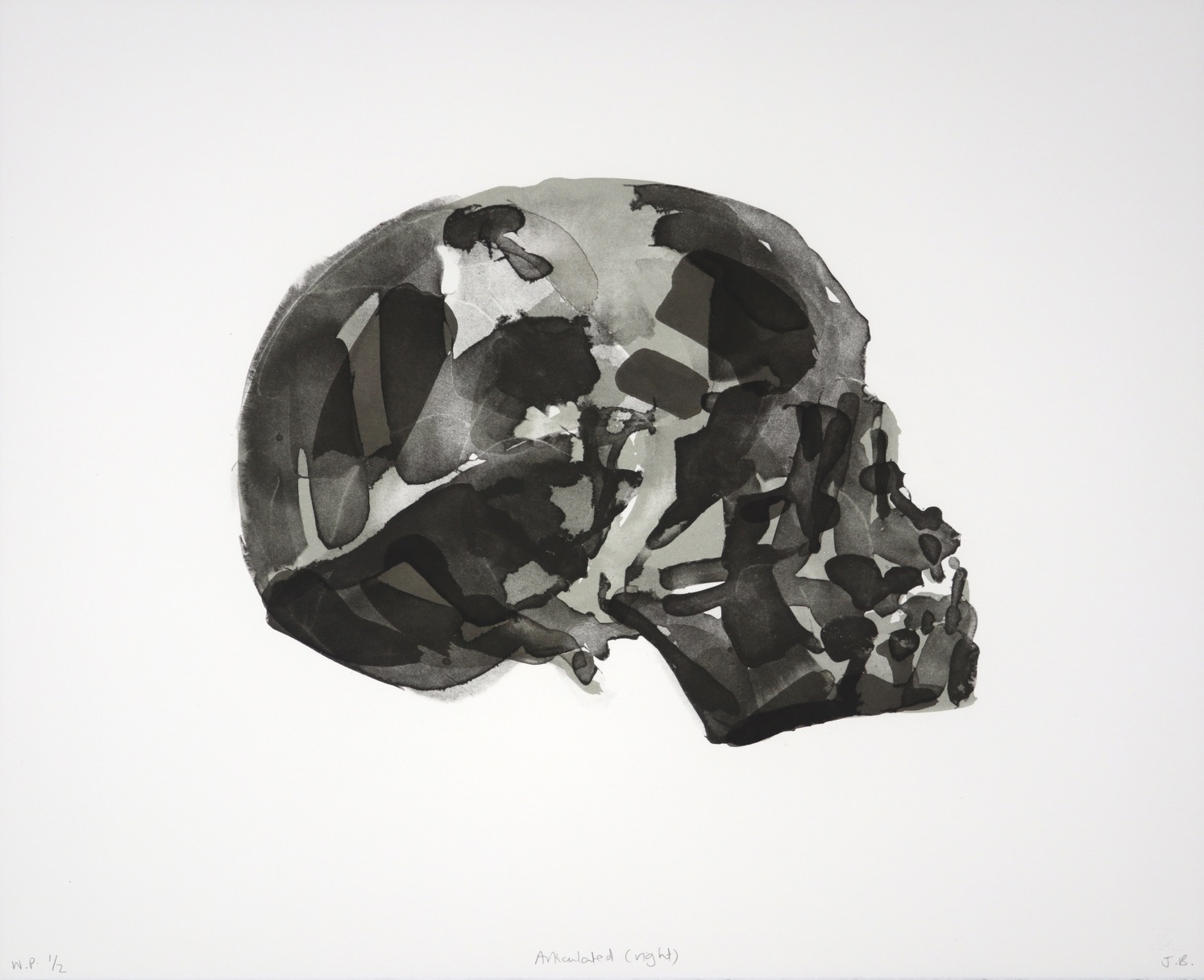
Title: Articulated (right)
Medium: Three colour lithograph
Paper size: 43.3 x 53 cm
Image size: approx 25 x 32.5 cm
Edition size: 25
Price: R 6 100 (excl.VAT)
Follow Joni Brenner on Instagram
Brenner also works with the
Marigold beaders of Bulawayo and her recent book Making Marigold:
Beaders of Bulawayo captures a history of this longstanding beading
co-operative. The necklaces that have emerged from their collaboration
are extraordinary. Brenner says: “Working with the notion of variation
on a theme,
or making constant small shifts, means that the necklaces have an
inbuilt
possibility for never-ending.” In her own artistic work, Brenner
explores this
kind of repetition, doing the same thing over and over again, each time
as if
for the first, and each time as if for the last time. “I think we meet
on those
grounds: I work like that, and they work like that, and we share that
language,” she says of her relationship with the beaders at Marigold.
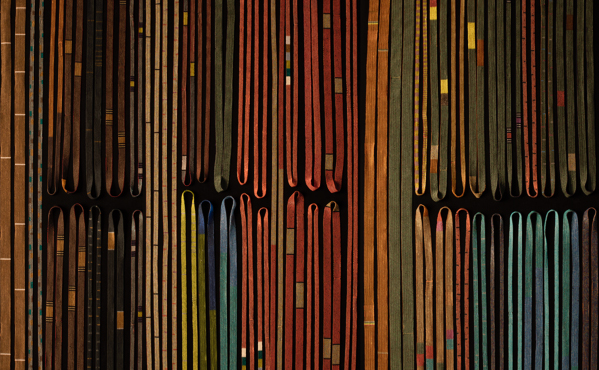
- Photo credit: Liz Whitter


